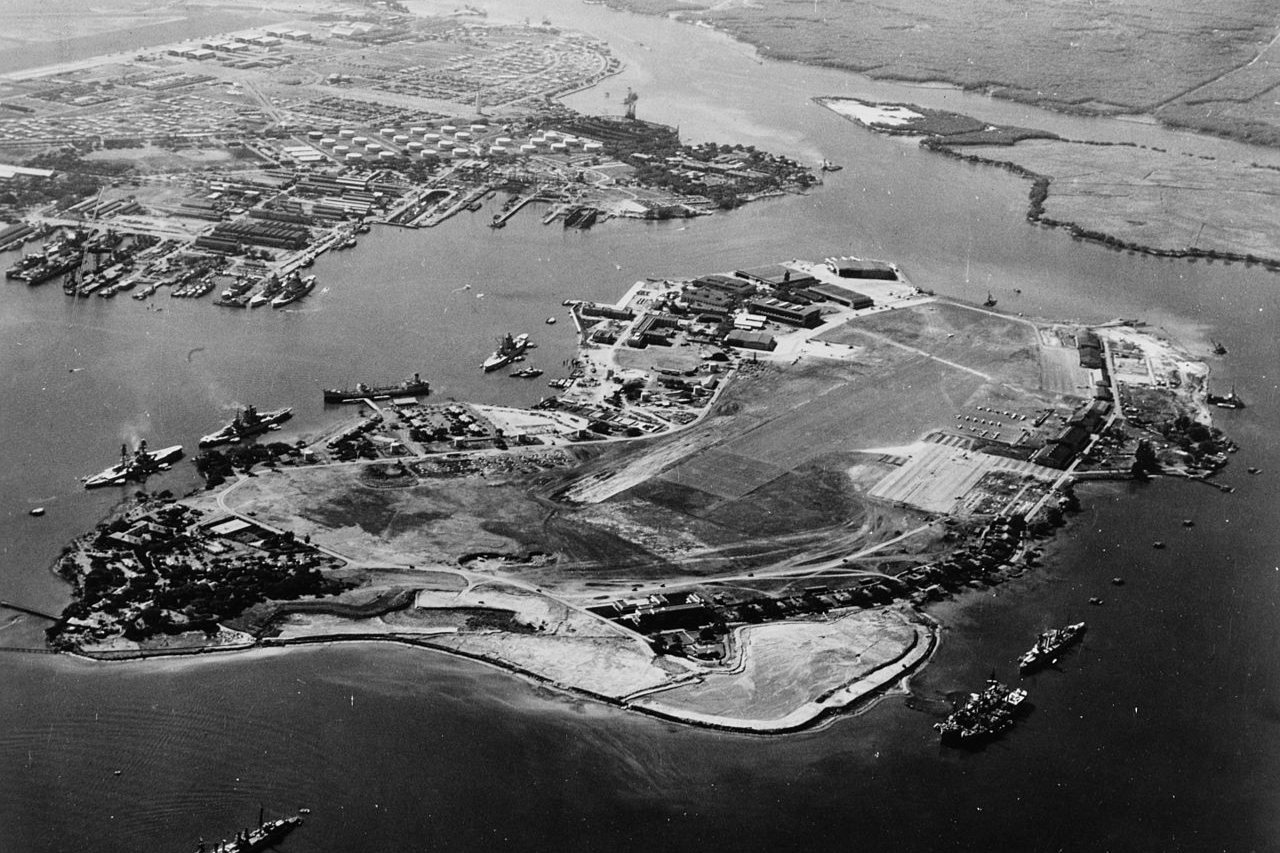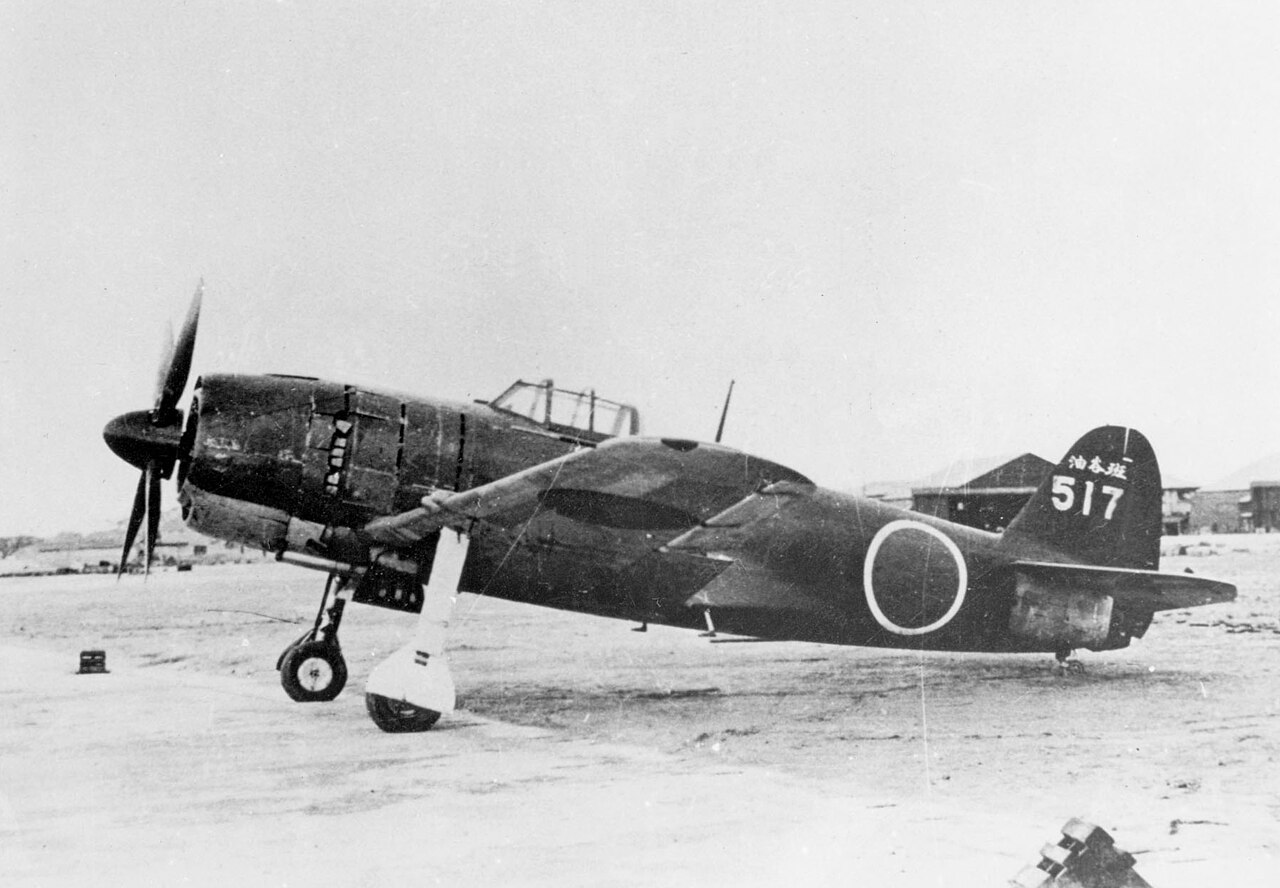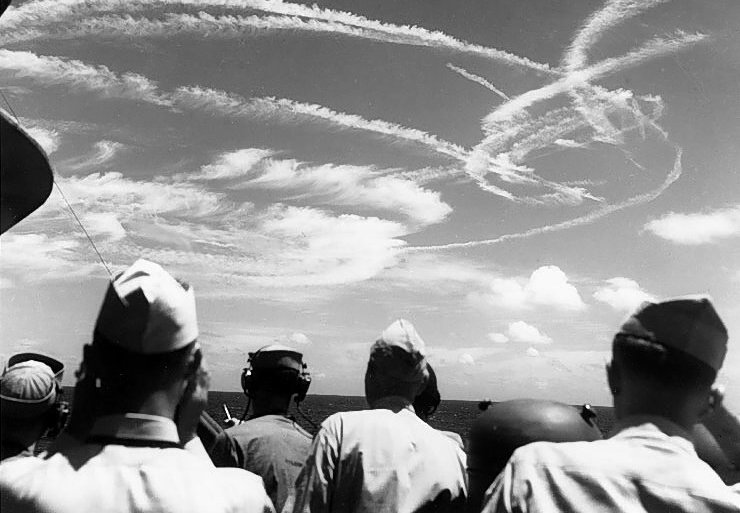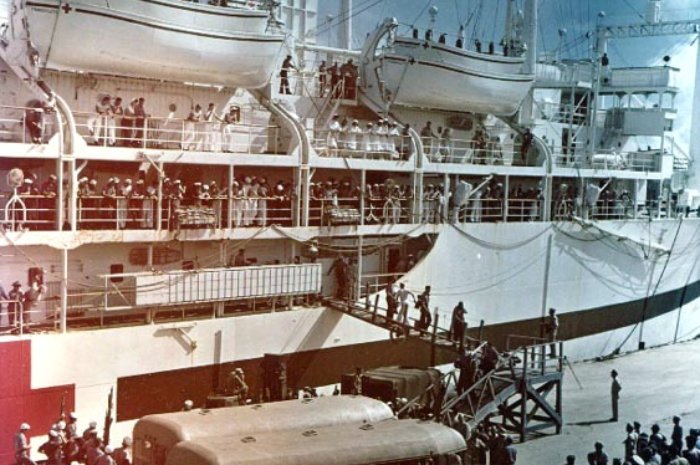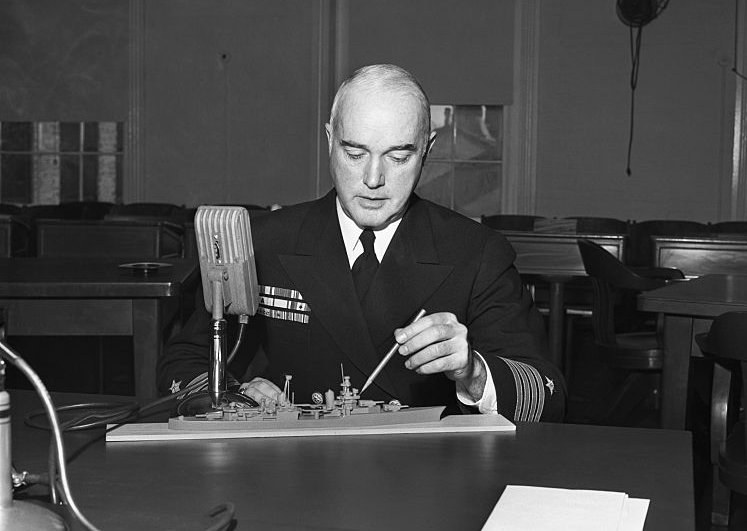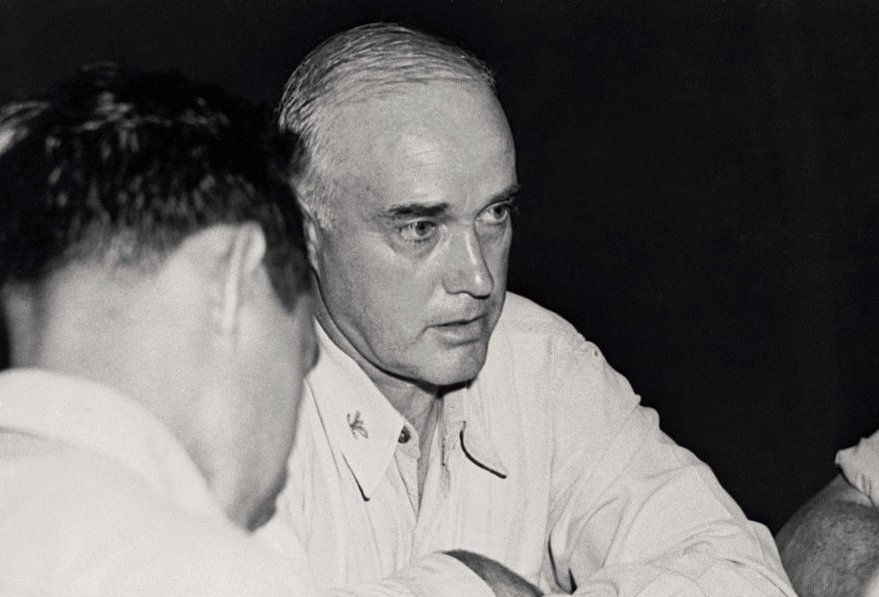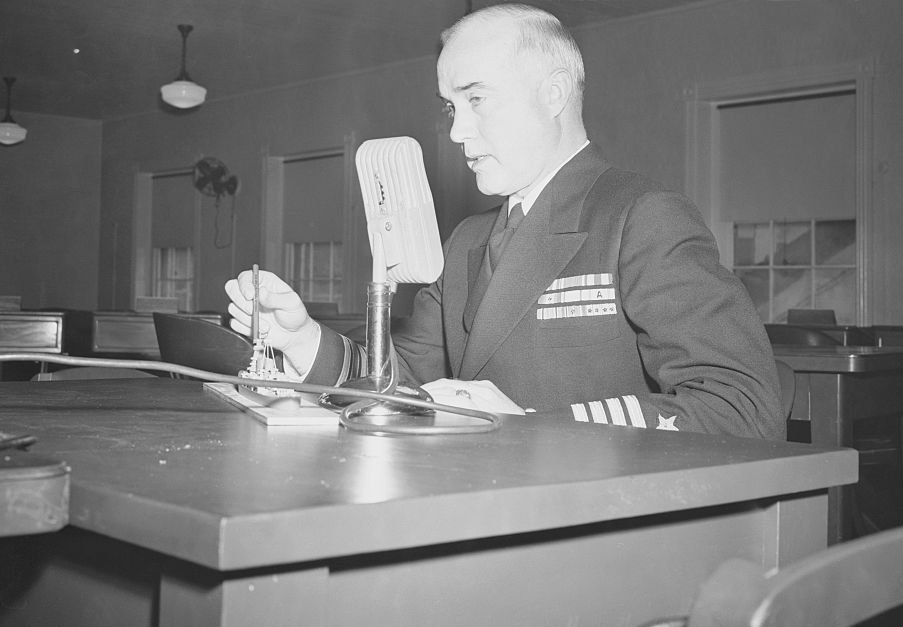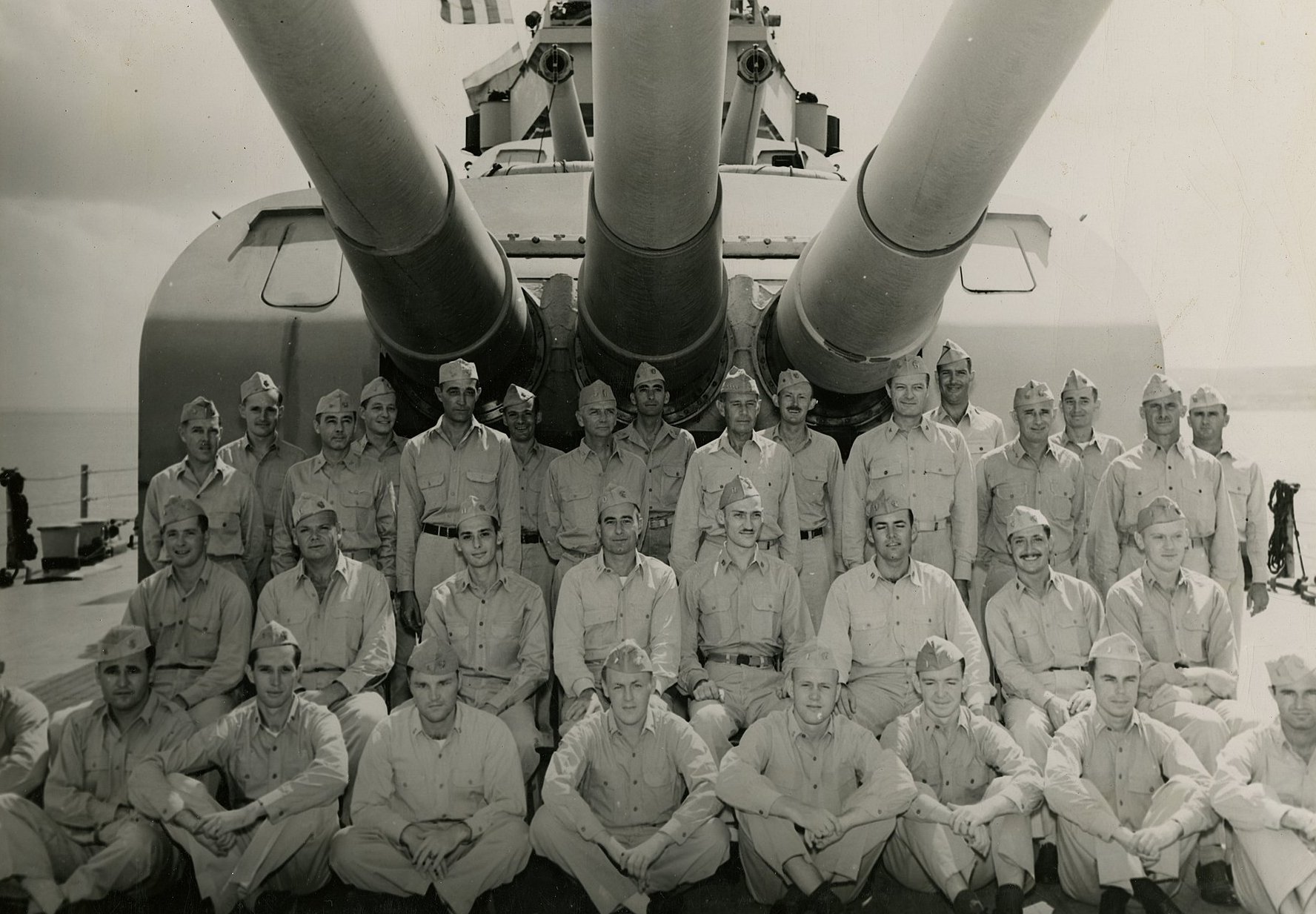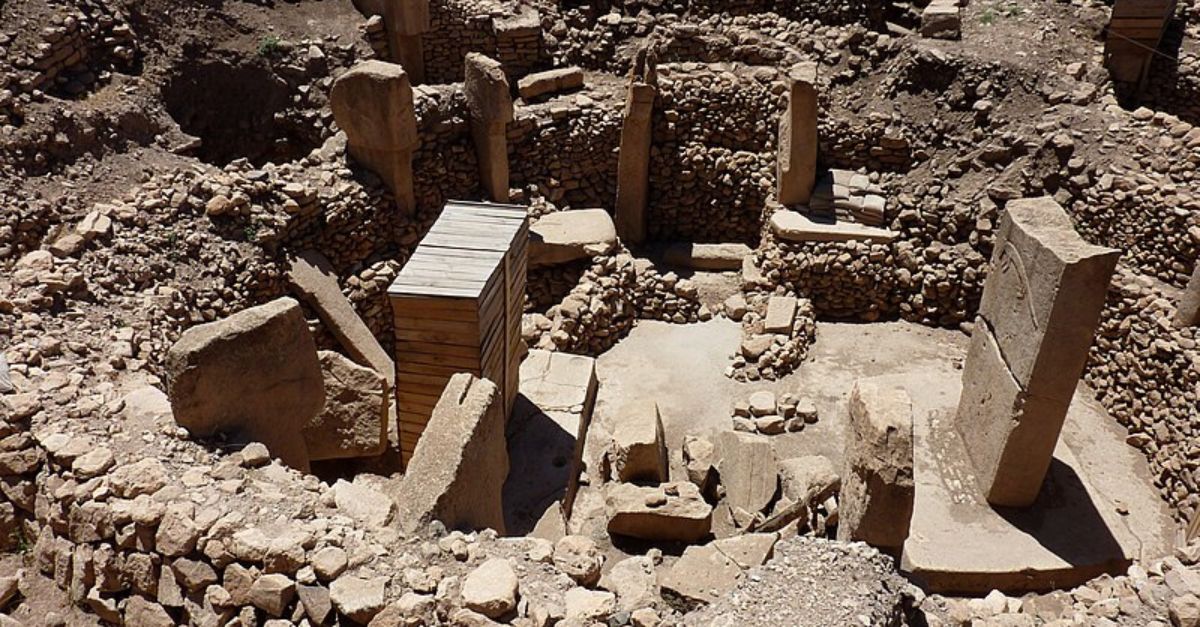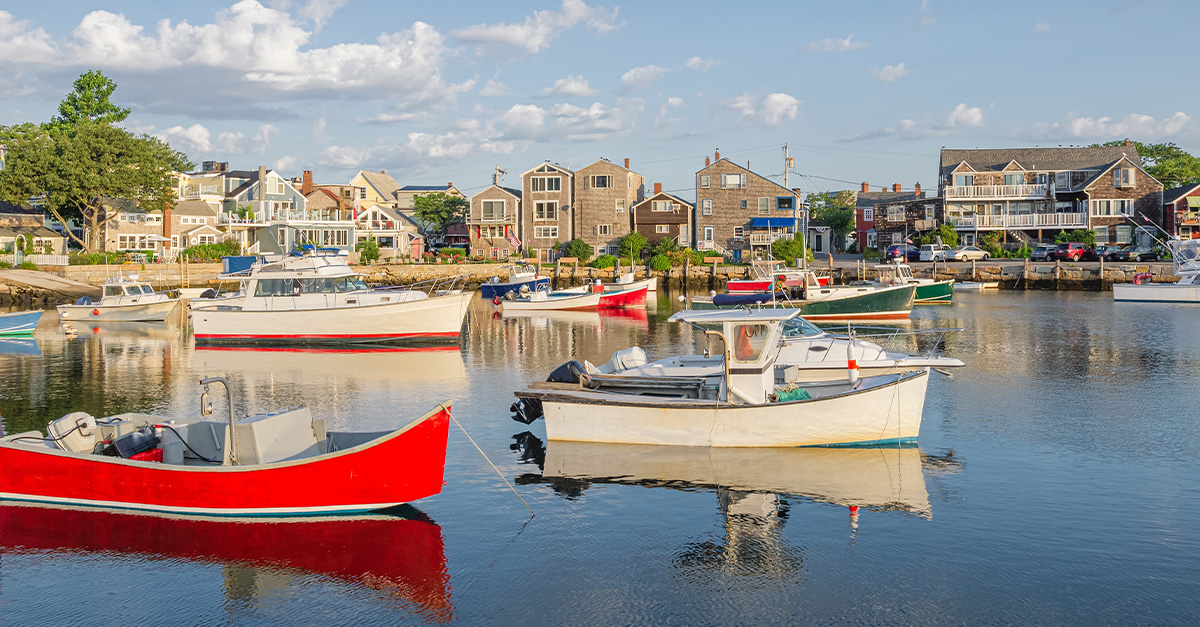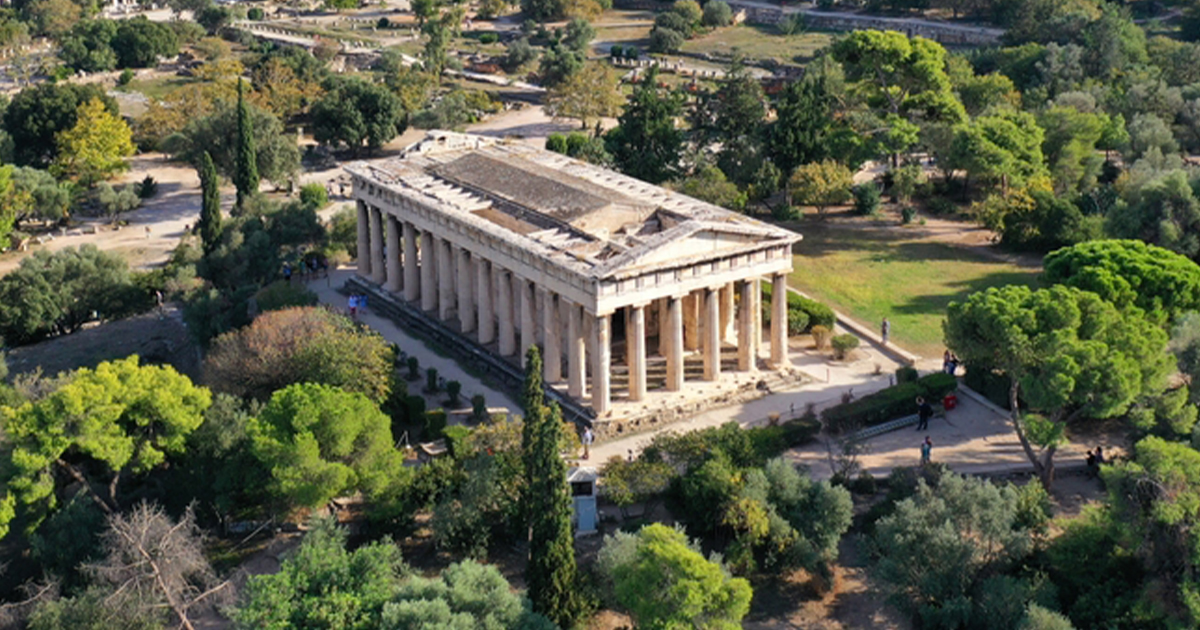The Mystery And Intrigue Of The USS Indianapolis
The USS Indianapolis is one of the US Navy's most famous ships, used extensively throughout World War II. The Portland-class heavy cruiser played a pivotal role at the end of the war in 1945. However, it is what happened in the immediate aftermath that still stuns historians to this day.
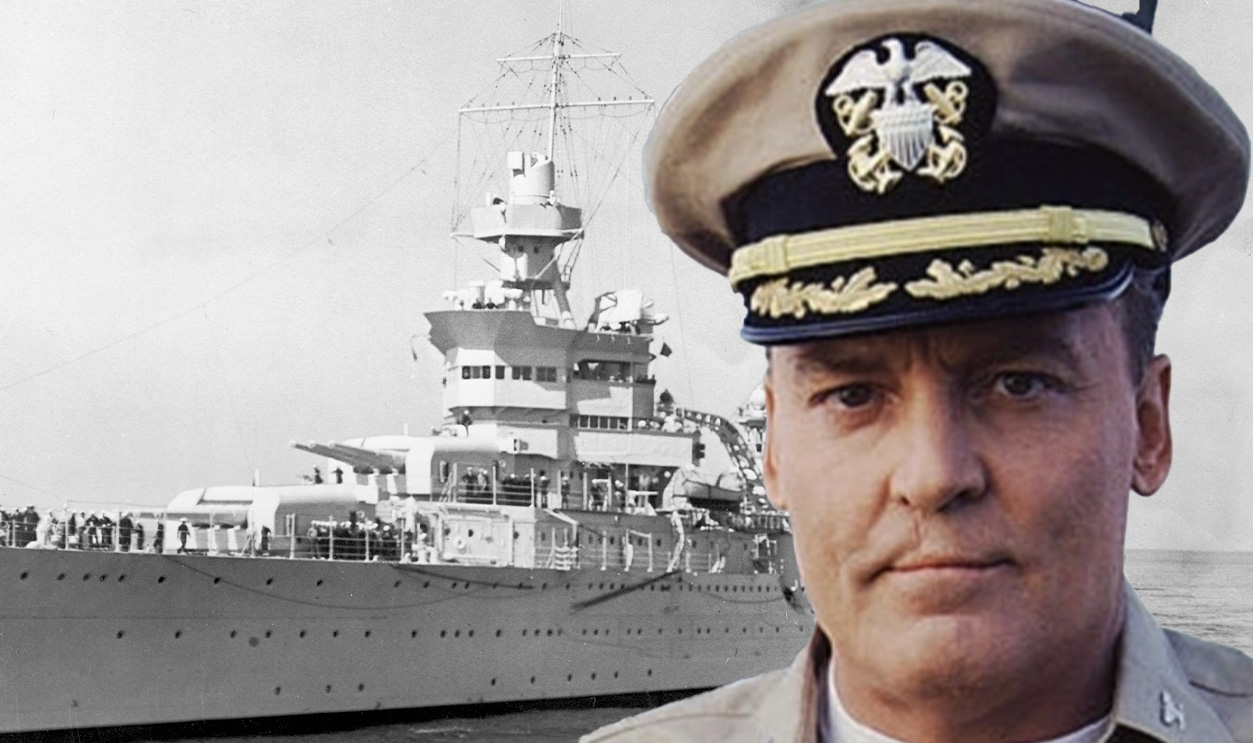
Building Back Better After World War I
During the aftermath of World War I, five nations signed the Washington Naval Treaty: the US, Britain, France, Italy, and Japan. The Washington Naval Treaty of 1922 was a pledge by all signatory countries to reduce naval construction to a minimum, thereby avoiding the type of arms race that could lead to a second world war.
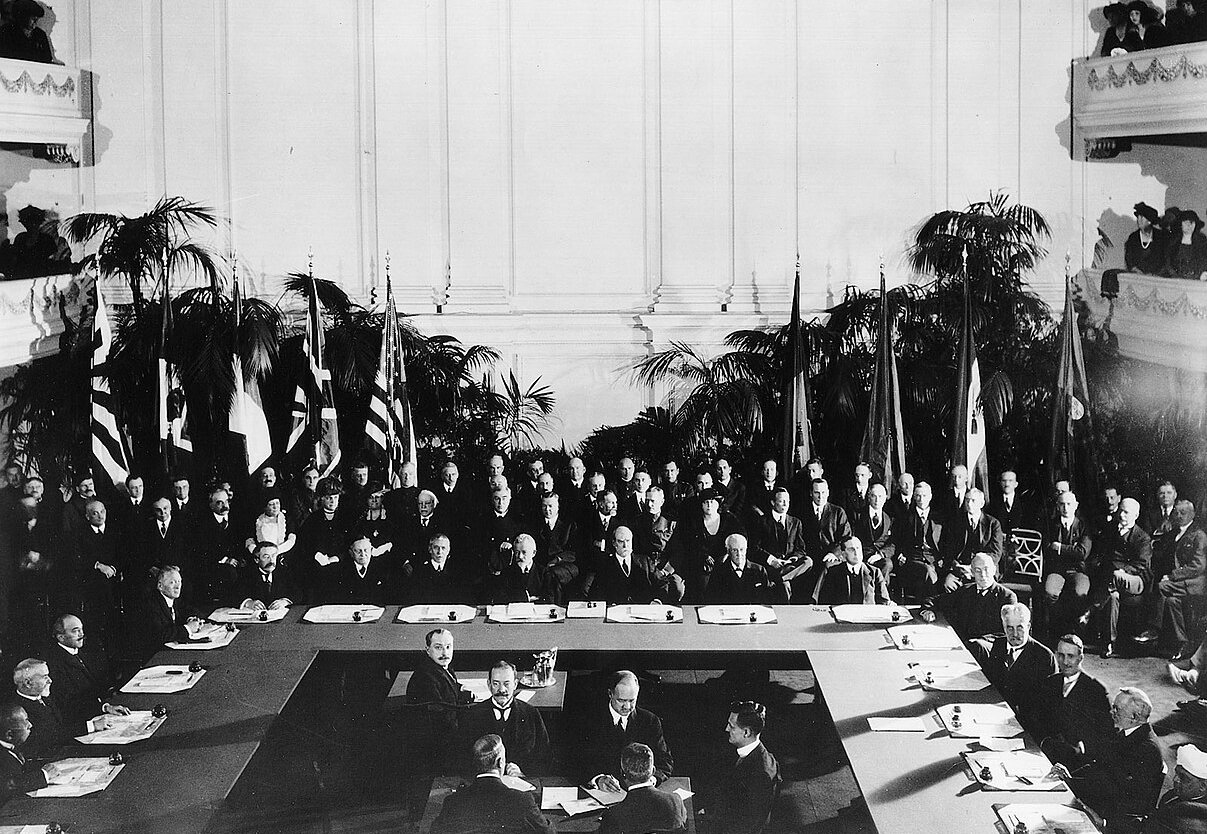 Unknown Author, Wikimedia Commons
Unknown Author, Wikimedia Commons
The Treaty Missed One Important Ship Type
Despite limiting the number of battleships, aircraft carriers, and battlecruisers that countries could produce, critically, the Treaty of Washington did not limit the number of cruisers that could be built. The US took this as an invitation and began constructing cruisers.
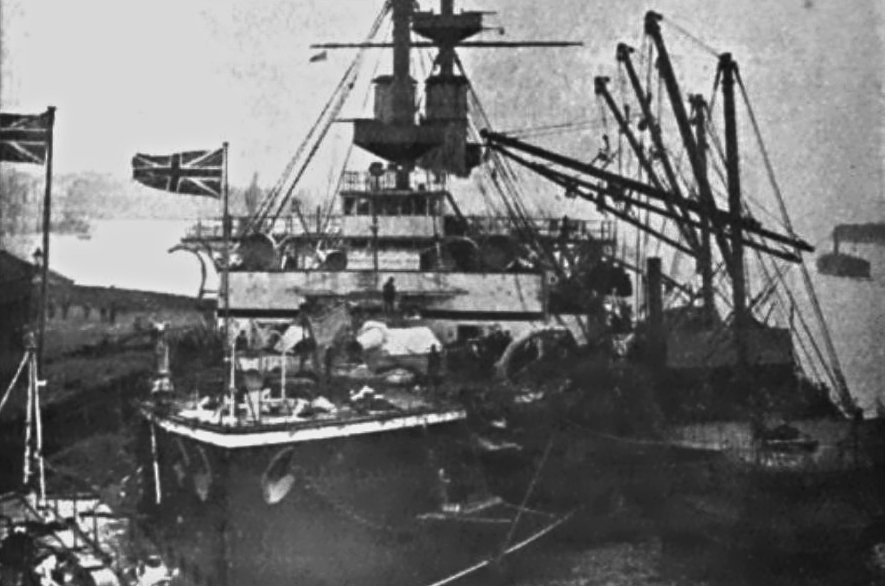 Unknown author, Wikimedia Commons
Unknown author, Wikimedia Commons
What Are Navy Cruisers?
In naval terms, cruisers are a type of ship that fall between a destroyer and a battleship. Today, they provide a multi-faceted role supporting naval operations on land, in the air, and under the sea with anti-submarine capabilities. But, in the early 1930s, the USS Indianapolis was a new ship with eight-inch armaments.
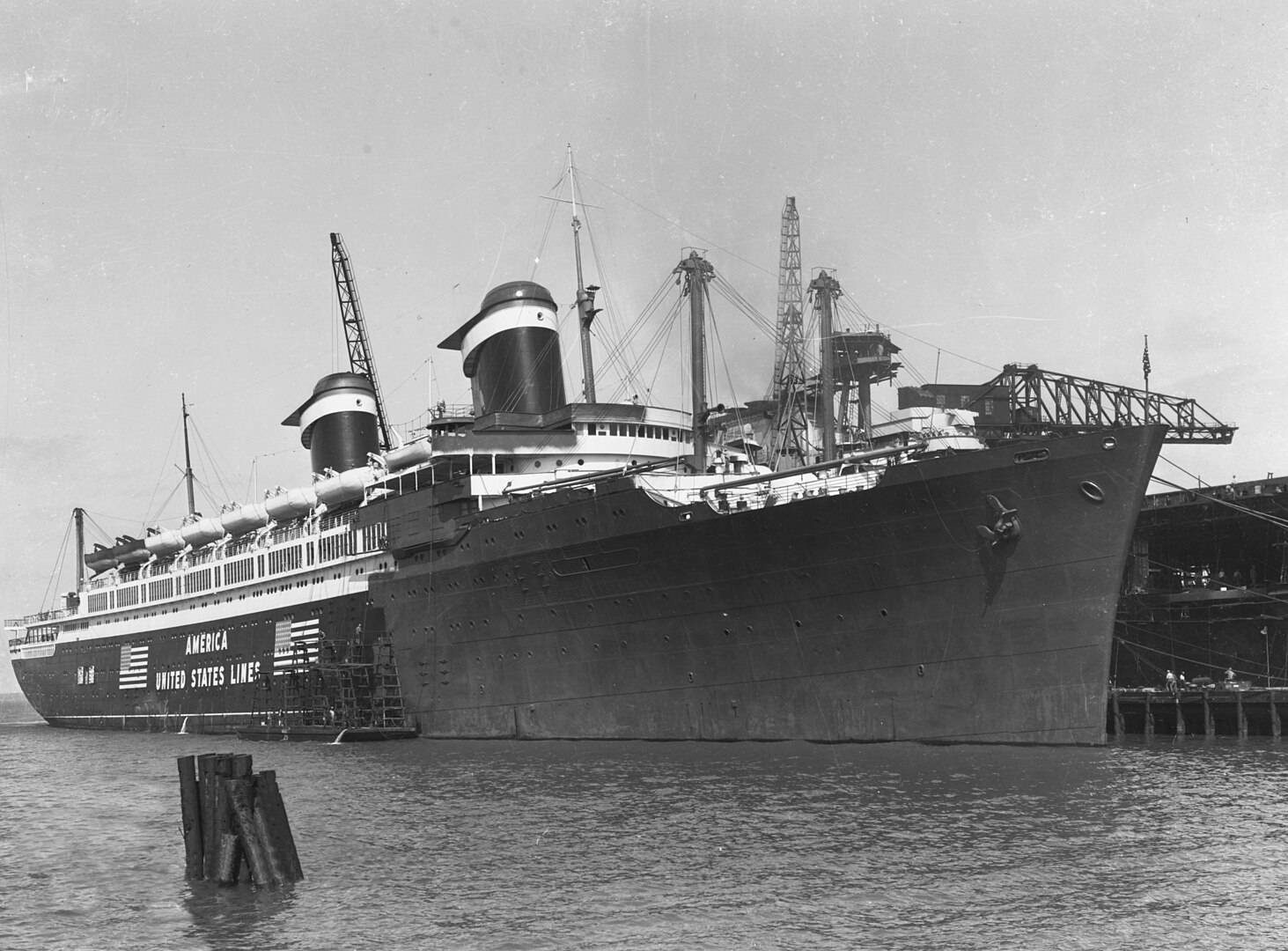 Naval History & Heritage Command, Wikimedia Commons
Naval History & Heritage Command, Wikimedia Commons
The Specs Of The Indianapolis
Once built in 1931, the USS Indianapolis was an impressive beast, with a standard of 10,423 tons or 12,755 tons when fully loaded. Powered by four propellers and four turbines, she had an effective range of 12,000 miles and a top speed of 17 mph. She was also fitted with a bilge keel, to prevent rolling over in the water.
 U.S. Navy photo 80-G-425615, Wikimedia Commons
U.S. Navy photo 80-G-425615, Wikimedia Commons
Built For Sea Superiority
It wasn't just her build that made her superior. The Indianapolis was a nautical nightmare for the enemy: large armaments fore and aft, one-inch armor for the deck and sides, five-inch armor for the ship's armory, and 2.5-inch armor on the deck. It would take something special to sink this ship.
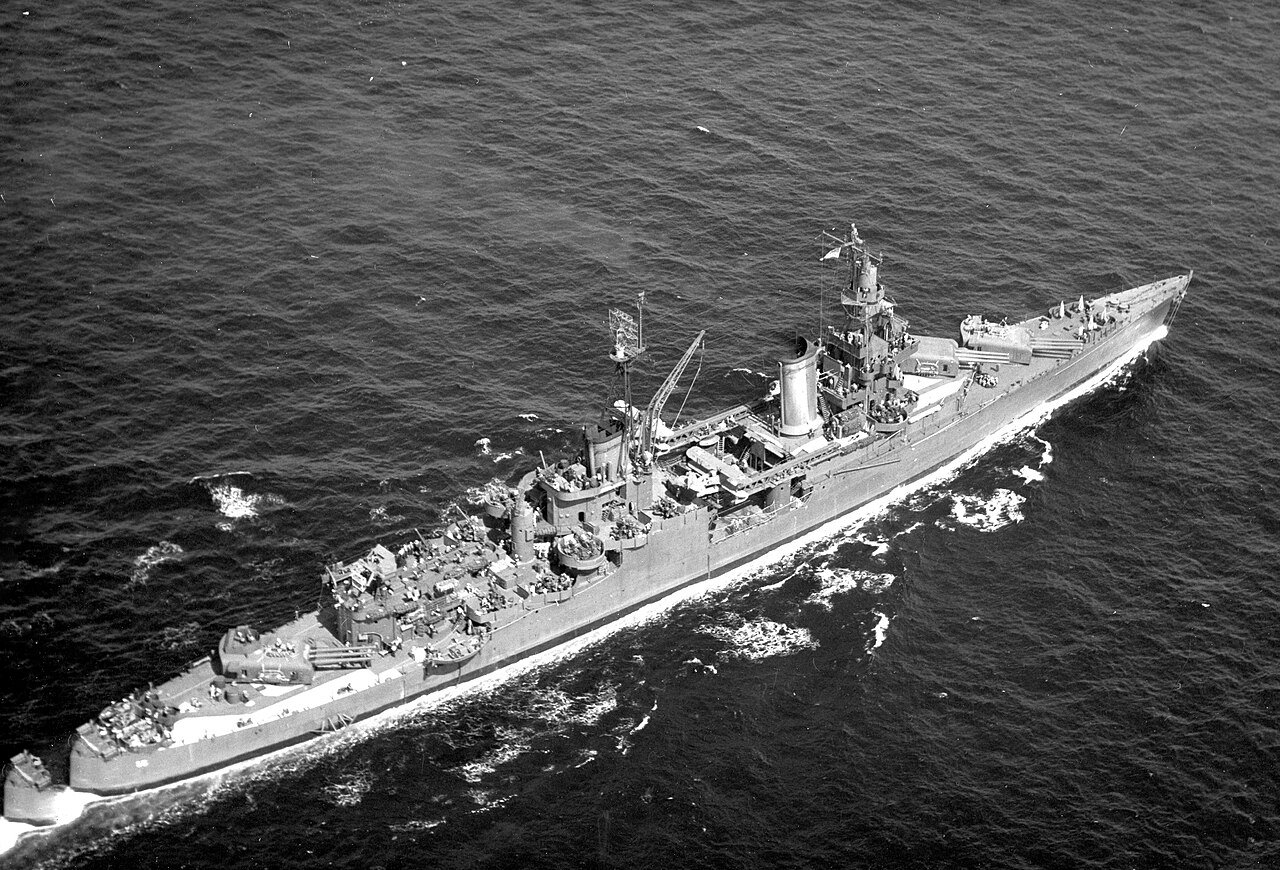 Naval History & Heritage Command, Wikimedia Commons
Naval History & Heritage Command, Wikimedia Commons
The USS Indianapolis Hits The Water
After being built, the USS Indianapolis was launched on November 7, 1931 and served for 12 years as one of the flagships of the US Navy. It spent the interwar period training and hosting President Franklin D Roosevelt on several occasions, on trips to Maine and on state visits to Uruguay, Brazil, and Argentina.
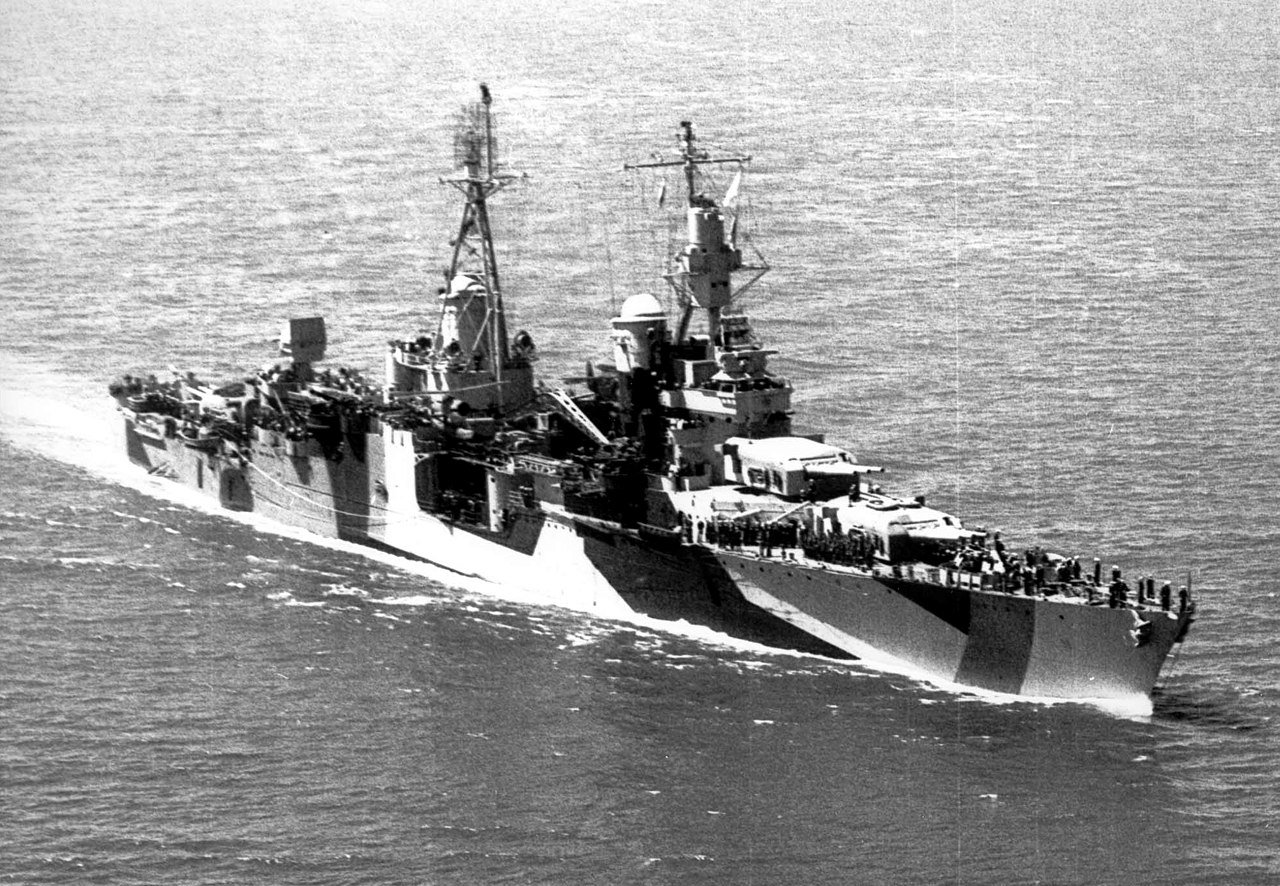 Unknown Author, Wikimedia Commons
Unknown Author, Wikimedia Commons
Japan Attacks Pearl Harbor
While the Second World War was raging overseas, the United States had not yet directly been attacked. That is, until December 7, 1941, when the Japanese attacked Pearl Harbor. 10 years to the day since she'd entered service, the USS Indianapolis was conducting mock drills off the Johnston Atoll in the Pacific at the time of the attack. She would spend the next six days searching for Japanese aircraft carriers, finding none.
Reassigned To The South Pacific And New Guinea
In early 1942, the USS Indianapolis was reassigned to a task force in the South Pacific and took part in the New Guinea campaign: a part of the American war effort in the Pacific to drive the Japanese forces out of Papua New Guinea. The Indianapolis escorted the USS Lexington, an aircraft carrier, before coming under attack on February 20, 1942.
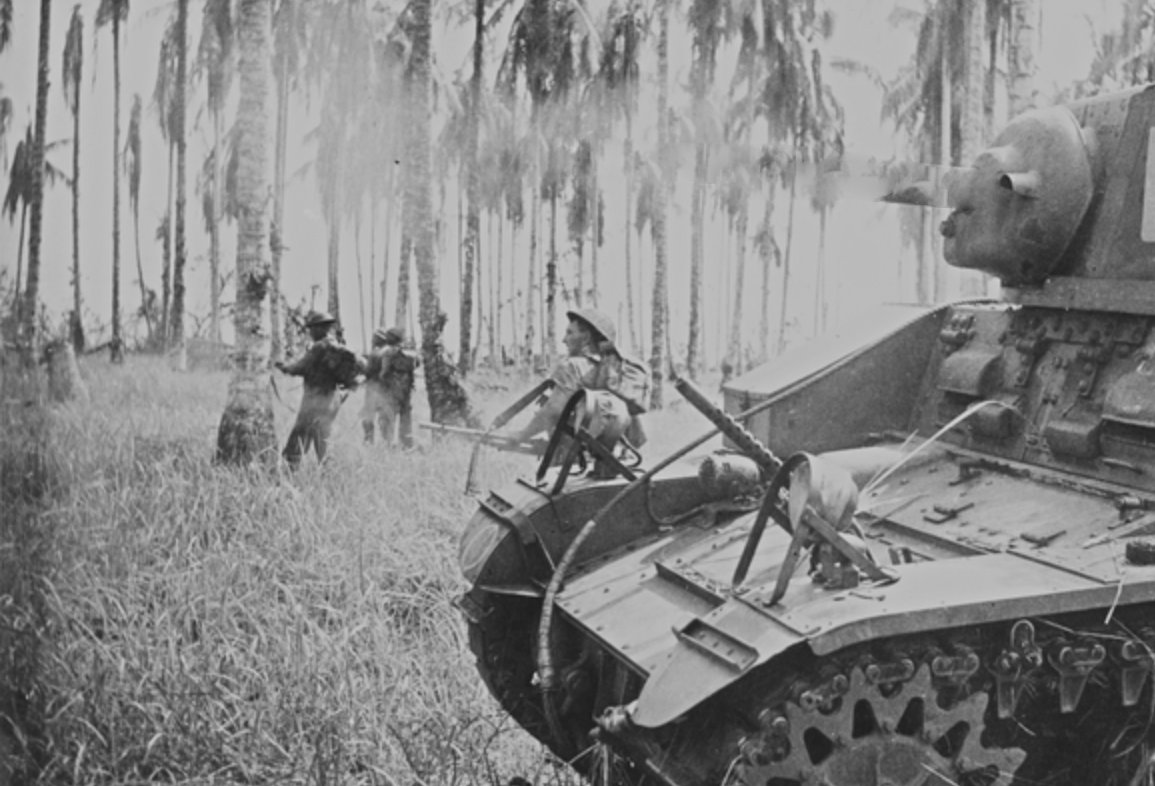 George Silk, Wikimedia Commons
George Silk, Wikimedia Commons
An Excellent Initial Combat Run
Firing her guns in anger for the first time on that day, the Indianapolis and the Lexington destroyed 16 out of 18 Japanese aircraft in a huge display of American force and power. 20 days later, the USS Indianapolis would again escort ships to the New Guinea towns of Lae and Samalua, where the Japanese had amassed amphibious forces.
The Aleutian Islands Theater
After an excellent initial combat run that proved her mettle, the Indianapolis headed for the Aleutian Islands in the Bering Sea, just off Alaska. The Islands had become a Japanese staging area during the early parts of the Pacific theater. On August 7, Kiska Island came into range of the Indianapolis' armaments, including the Japanese anti-aircraft batteries that had been set there. The Indianapolis engaged and destroyed the enemy, providing the Americans with a key place to set up an airbase in the Pacific.
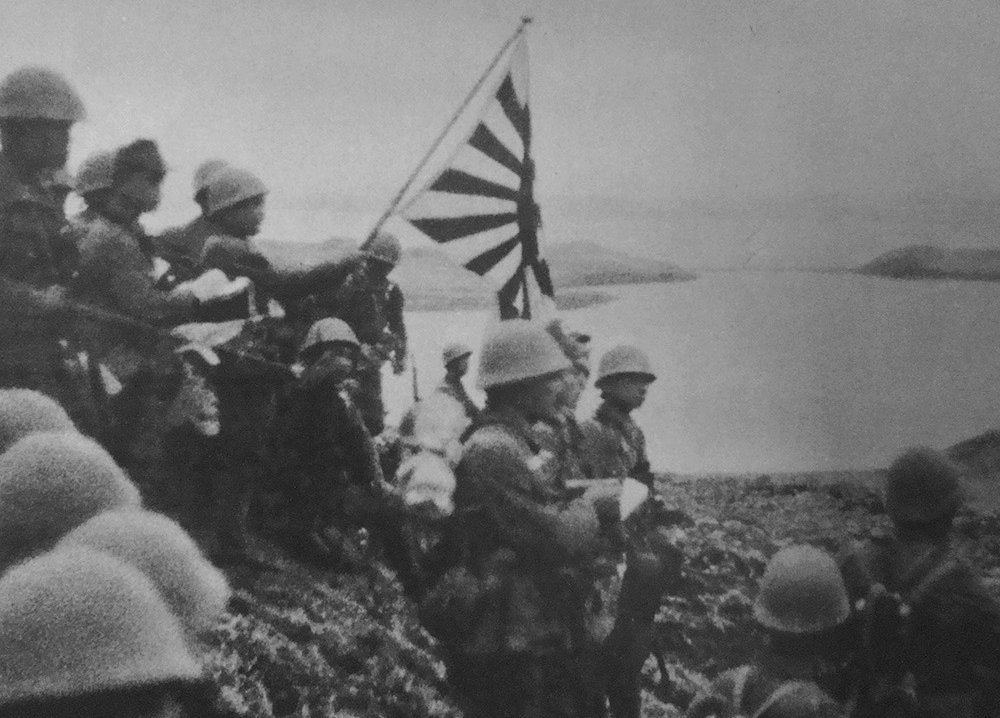 Unknown Author, Wikimedia Commons
Unknown Author, Wikimedia Commons
The Sinking Of The Akagane Maru
While on night patrol on February 19, 1943, the USS Indianapolis located the Akagane Maru, a 3,150-ton, Japanese-flagged cargo ship. Normally, cargo ships would be off limits to warships, but as it bore the flag of the enemy, the Akagane Maru was considered a legitimate military target. The Indianapolis opened fire on the ship after it failed to reply to radio hails—it exploded into the night with the loss of all hands.
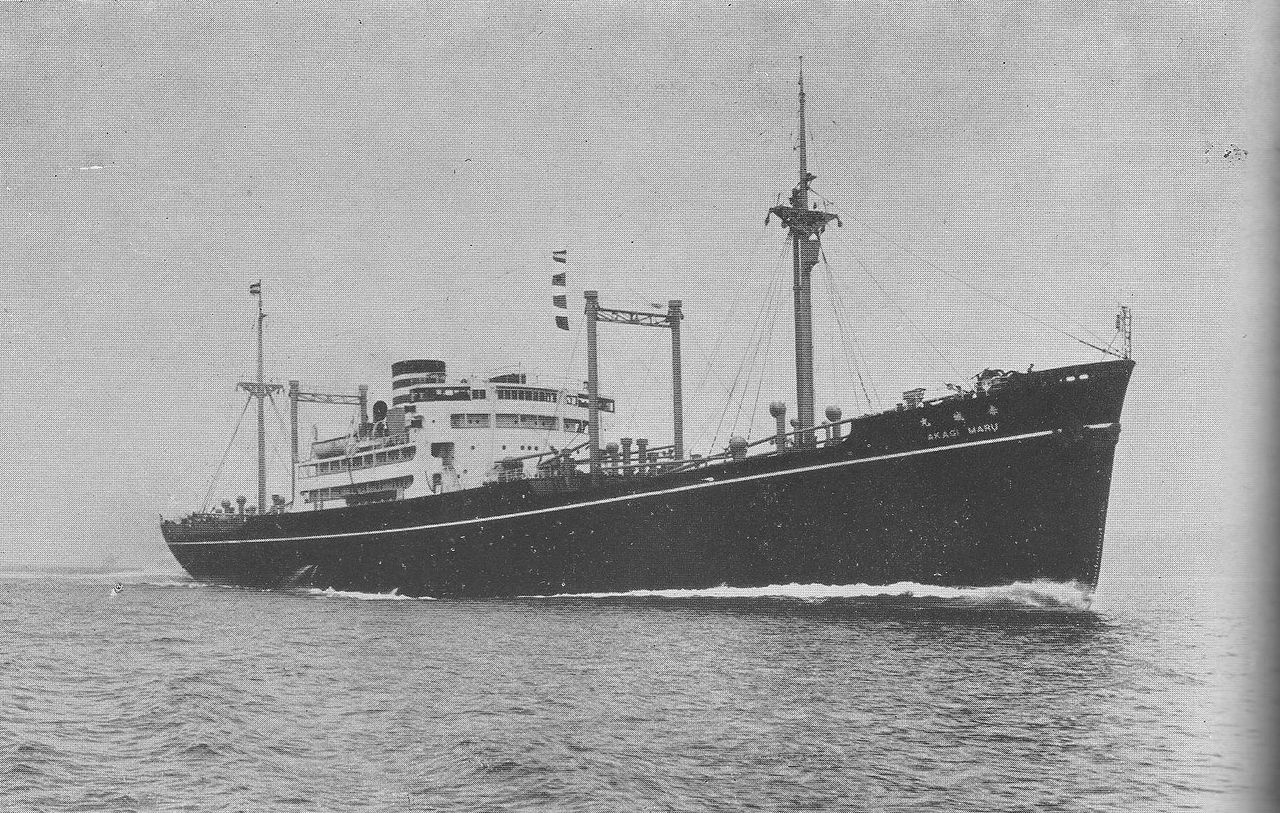 Unknown Author, Wikimedia Commons
Unknown Author, Wikimedia Commons
The Invasion Of The Gilbert Islands
Known as Operation Galvanic, the invasion of the Gilbert Islands was the next task for the Indianapolis. She sailed from Pearl Harbor on November 10, 1943 and was in action nine days later. She helped the Americans attack the Japanese stronghold at the Tarawa Atoll, launching shells at enemy strongholds and downing an enemy aircraft in the process.
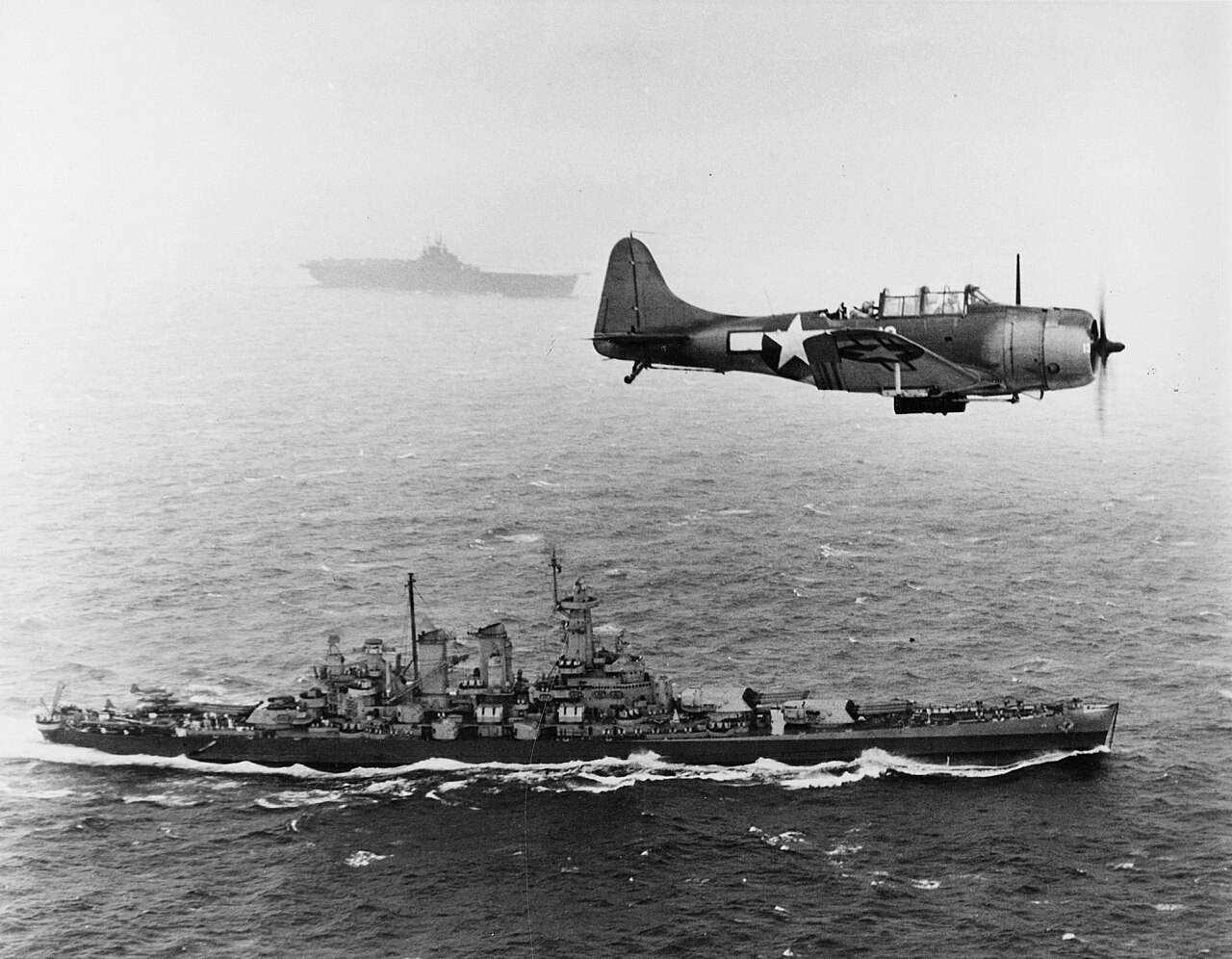 U.S. Navy photo 80-G-204897, Wikimedia Commons
U.S. Navy photo 80-G-204897, Wikimedia Commons
Becoming Flagship Of The 5th Fleet
After distinguishing herself in battle, the USS Indianapolis became the flagship of the 5th Fleet for the very first time, under the command of Vice Admiral Raymond Spruance, a decorated officer responsible for commanding US forces in the Battle of the Philippine Sea, one of the most significant battles of the Pacific Theater.
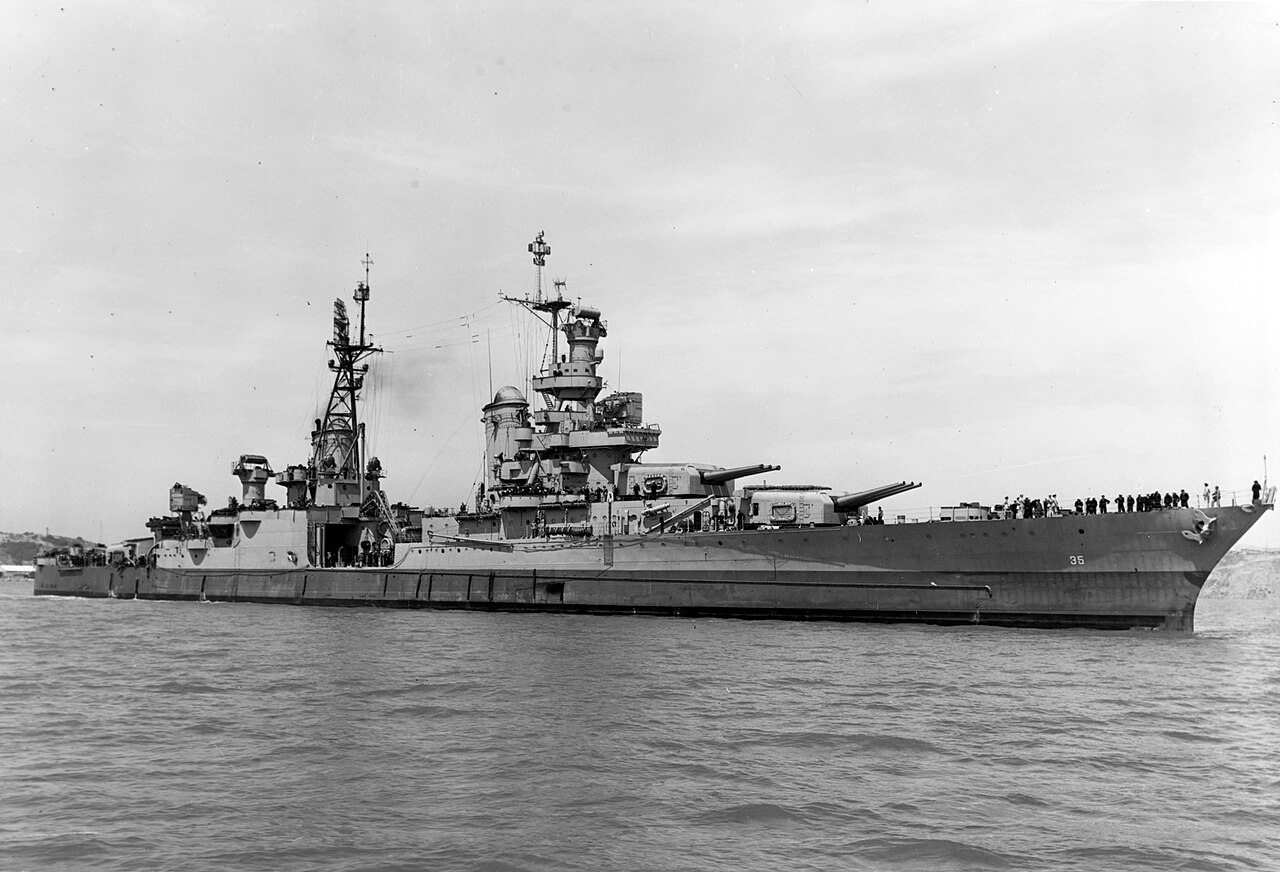 Naval History & Heritage Command, Wikimedia Commons
Naval History & Heritage Command, Wikimedia Commons
Operations On D-Day
Despite being on the other side of the world on June 15, 1944, the flagship of the 5th Fleet still did her duty, taking apart Japanese operations on the Mariana Islands, particularly the capital of Saipan, meeting the threat of Japanese attack vessels in the sea and providing cover for other ships that would later attack Iwo Jima.
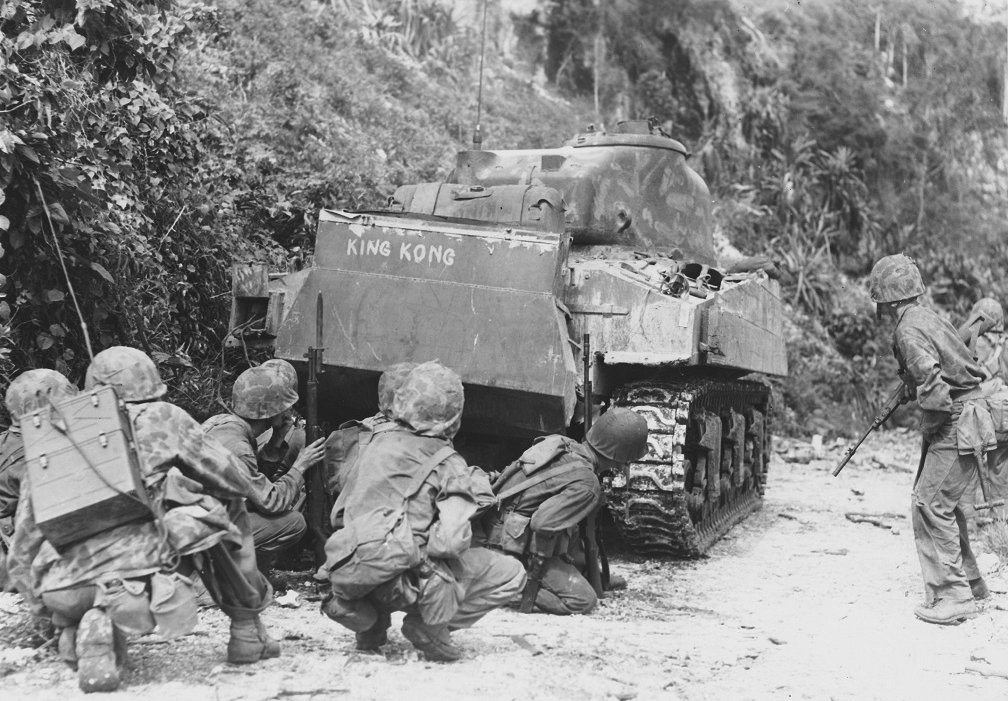 Anonymous USMC photographer, Wikimedia Commons
Anonymous USMC photographer, Wikimedia Commons
The Great Mariana Turkey Shoot
Officially called the Battle of the Philippine Sea, but colloquially known as "The Great Marianas Turkey Shoot", the Japanese were handed a resounding defeat by the USS Indianapolis and other members of her task force. The Battle of the Philippine Sea saw the United States lose 29 aircraft, while the Japanese lost an astonishing 426 aircraft and three carriers.
The Invasion Of Okinawa
As the war in the Pacific Theater heated up, the US set its sights on Okinawa and the Japanese mainland. This invasion saw the USS Indianapolis spend seven days from March 24 to 31 shelling the enemy as part of Task Force 54. On the 31st, a bomb was dropped on her by an enemy aircraft, blowing two holes in her (one upon entry and another upon exit), but only exploding in the water below. The Indianapolis sustained heavy damage and needed to be repaired.
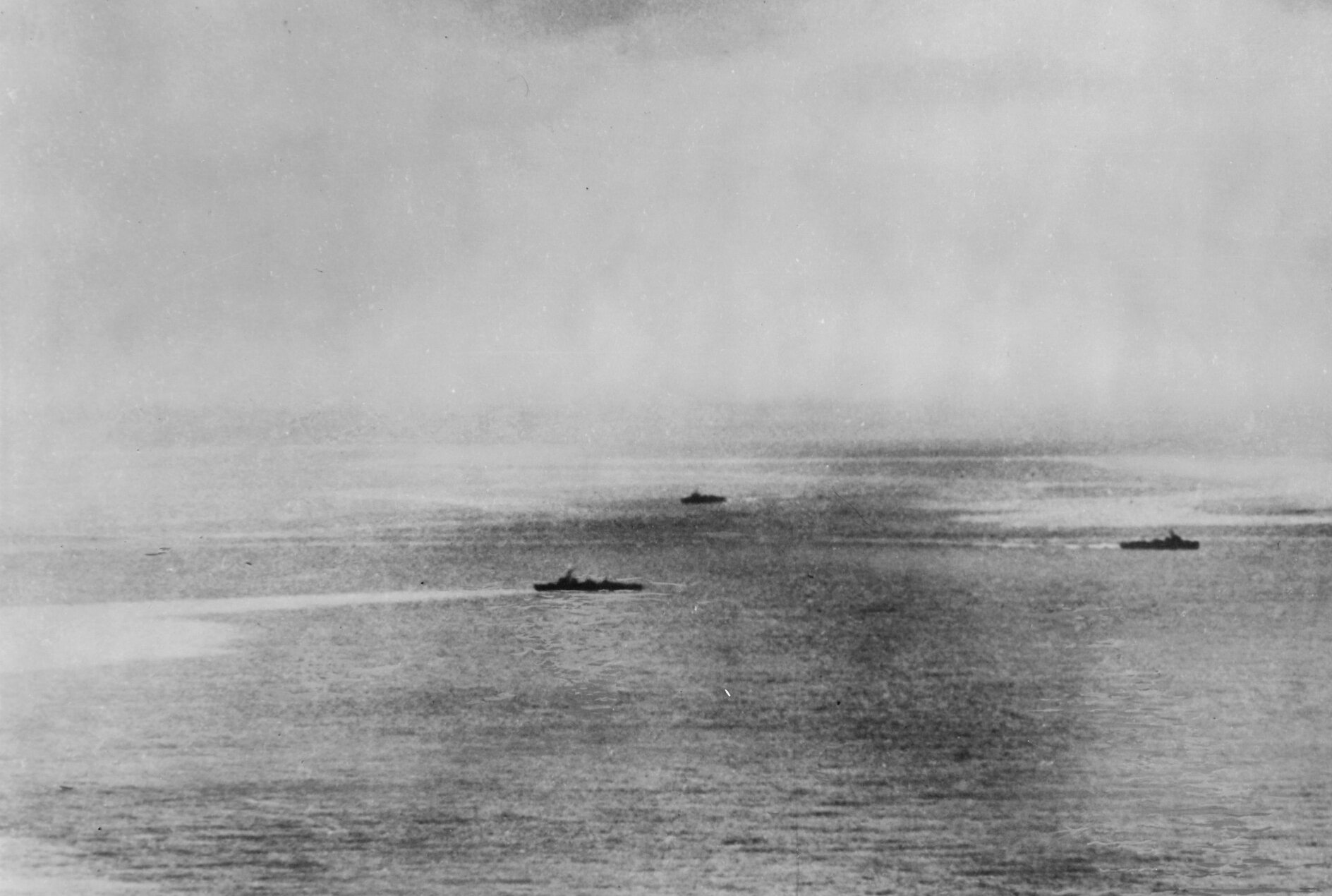 Naval History & Heritage Command, Wikimedia Commons
Naval History & Heritage Command, Wikimedia Commons
A Top Secret Mission
After being repaired following the Battle of Okinawa, the USS Indianapolis was tasked with a top secret mission: transport a "critical shipment" from San Francisco to Tinian Island, a small island not far from Guam. She departed Hunter's Point Naval Shipyard on the same day that the United States executed the "Trinity" nuclear weapons test in New Mexico on July 16, 1945.
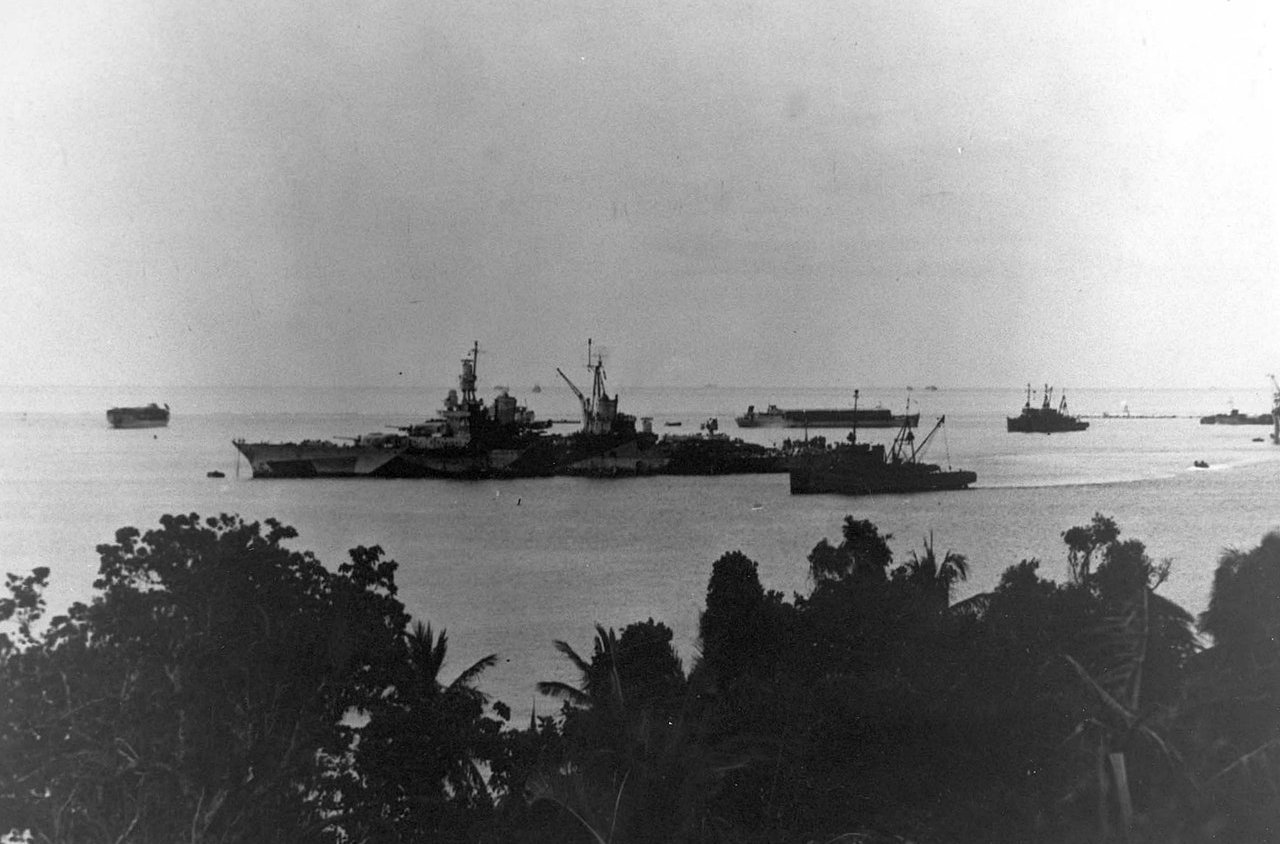 Unknown Author, Wikimedia Commons
Unknown Author, Wikimedia Commons
What Was This "Critical Shipment"?
The "critical shipment" in question was a lead-lined box that contained the non-nuclear parts needed to make a gun-type replica of the Little Boy atomic bomb. Alongside this was a uranium-enriched projectile. Two Manhattan Project representatives accompanied the shipment: Major Robert Furman and Dr James Nolan, the Chief Medical Officer at Los Alamos.
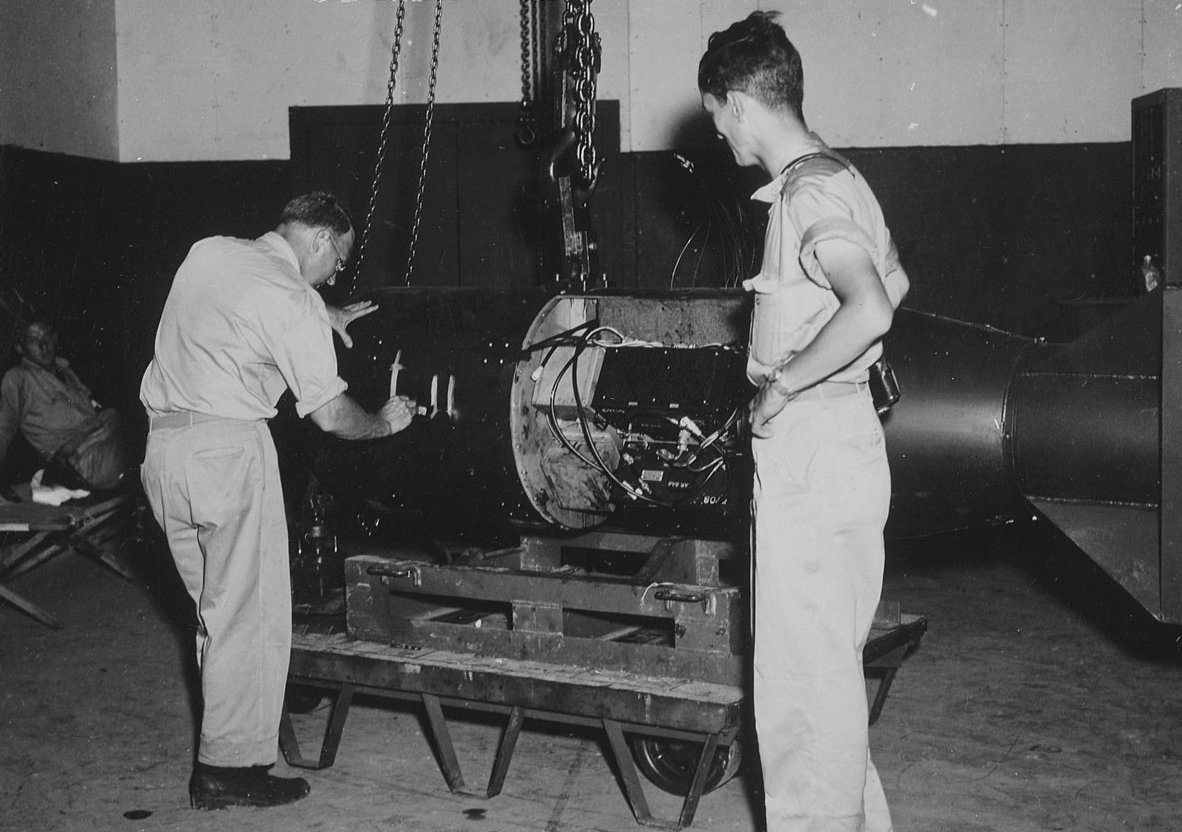 Unknown Author, Wikimedia Commons
Unknown Author, Wikimedia Commons
How Many Of The Crew Knew?
Given the incredibly secretive nature of the Manhattan Project, it's unlikely that very many of the crew knew that radioactive materials were onboard the ship. Perhaps Captain Charles B McVay would have known, along with his first officer, as well as the two scientists, but it's unlikely the information about the contents of the shipment went much further than that.
 doe-oakridge, Wikimedia Commons
doe-oakridge, Wikimedia Commons
Bolted To The Floor
Such was the secretive nature of the contents of the mysterious lead-lined box that it was bolted and chained to the floor of Captain McVay's quarters. Rumor has it that Dr James Nolan used his seasickness to check on the box.
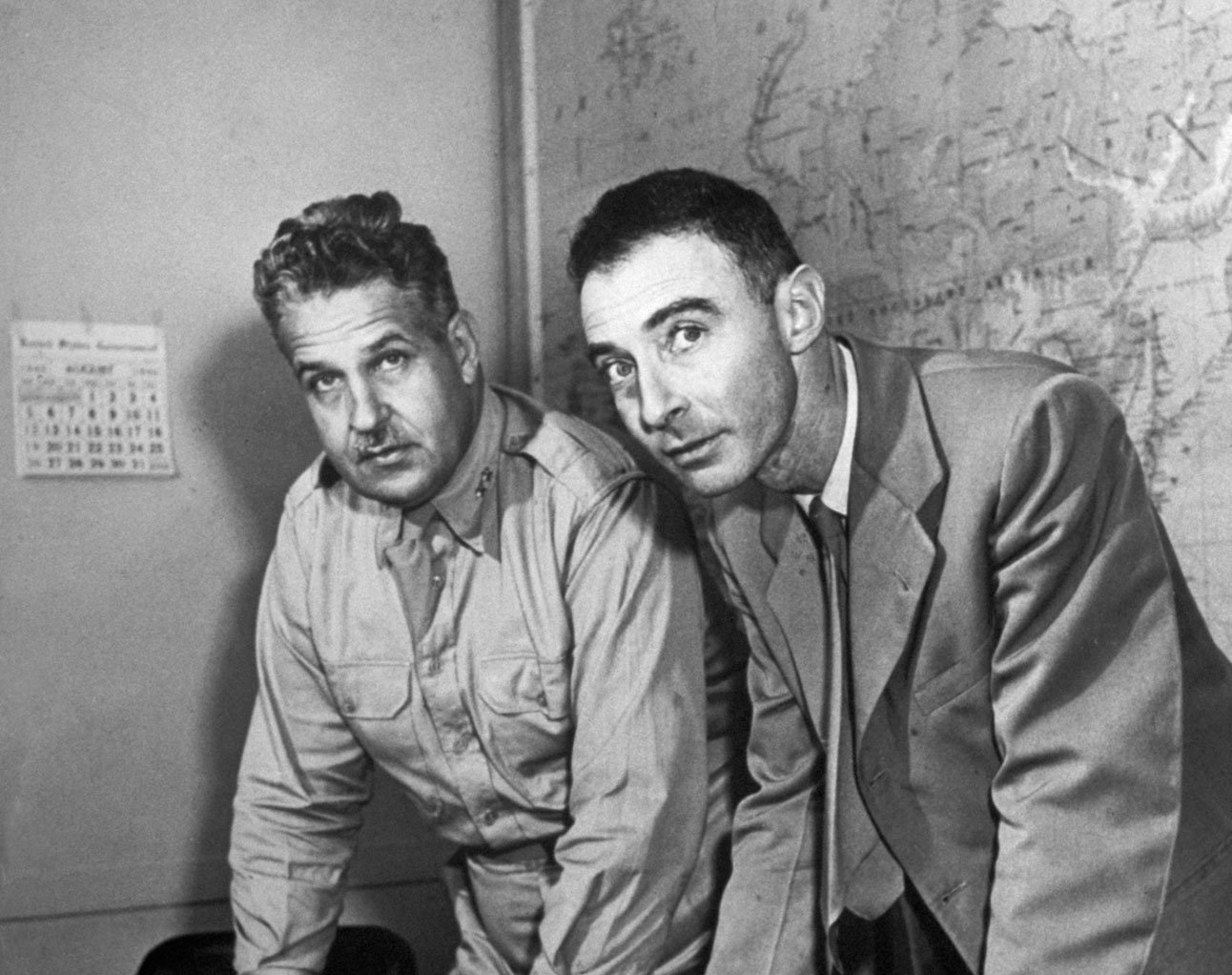 Unknown Author, Wikimedia Commons
Unknown Author, Wikimedia Commons
Setting A Speed Record On Her Way To Tinian
After departing from San Francisco, the vessel set a new speed record for a ship to reach Pearl Harbor from the mainland United States, arriving at Pearl Harbor in just 74.5 hours with an average speed of 33 mph. She would sail from Pearl Harbor to Tinian in a week, from July 19 to 26, 1945.
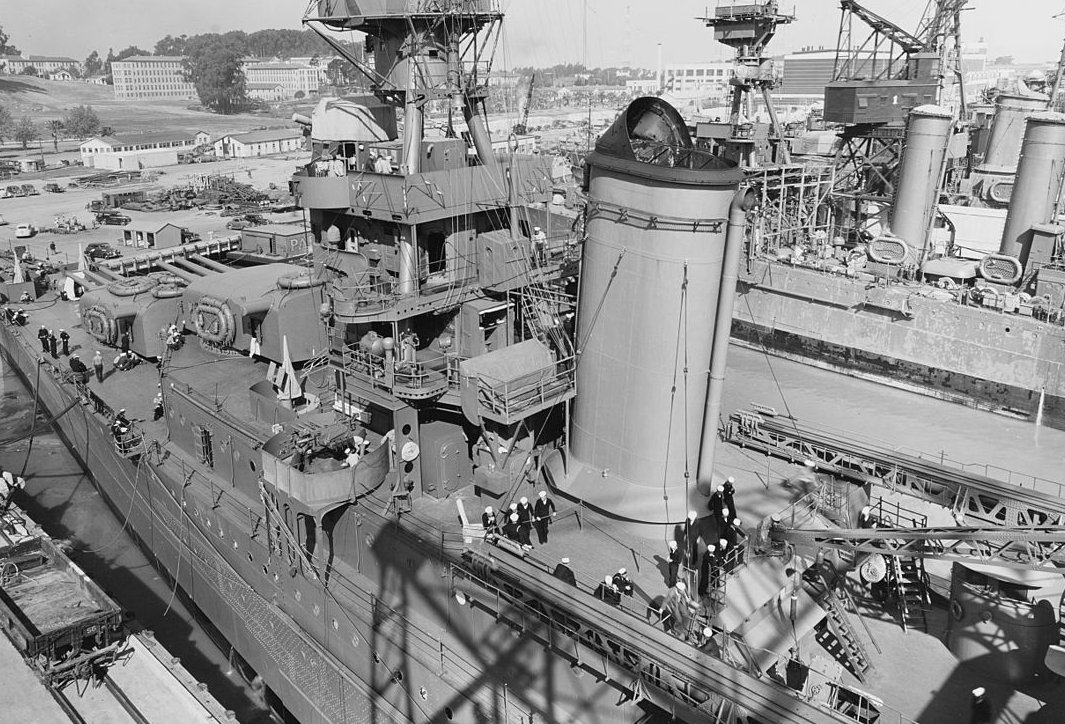 Naval History & Heritage Command, Wikimedia Commons
Naval History & Heritage Command, Wikimedia Commons
The Men Of The Indianapolis Leave Their Mark On Nuclear History
While it sat on the loading dock in Tinian, Little Boy was adorned with much grafitti from the crew of the USS Indianapolis. One such scrawling read: " Greetings to the Emperor from the men of the Indianapolis". The Indianapolis departed Tinian for Guam, eventually bound back to Okinawa, to join Task Force 45.
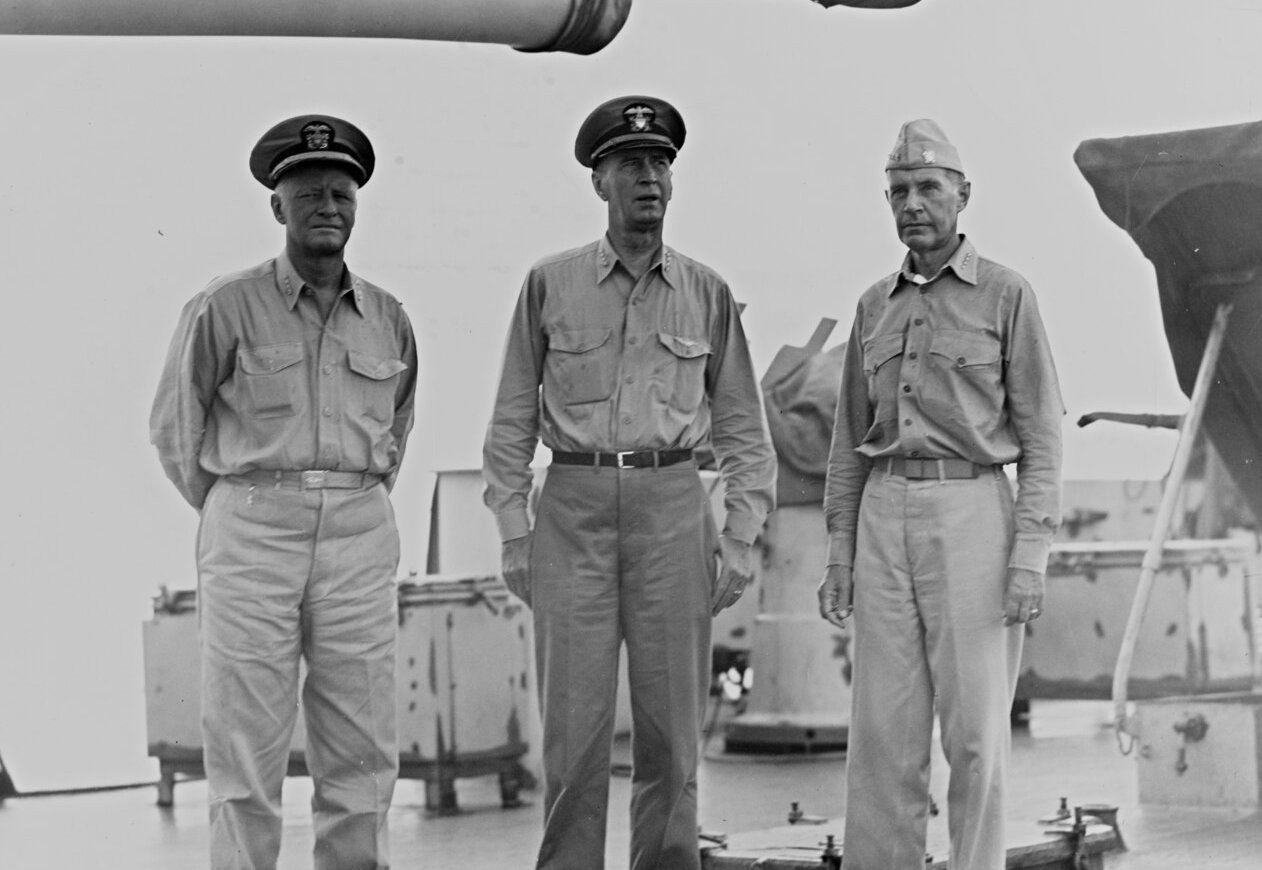 United States Navy, Wikimedia Commons
United States Navy, Wikimedia Commons
The Sinking Of The USS Indianapolis
Despite taking heavy damage throughout World War II from multiple engagements, the Indianapolis survived the majority of the war. But, at quarter past midnight on July 30, 1945, she was struck on her starboard side by two torpedoes sent by the Japanese submarine I-58, who had originally mistaken her for another battleship, the USS Idaho.
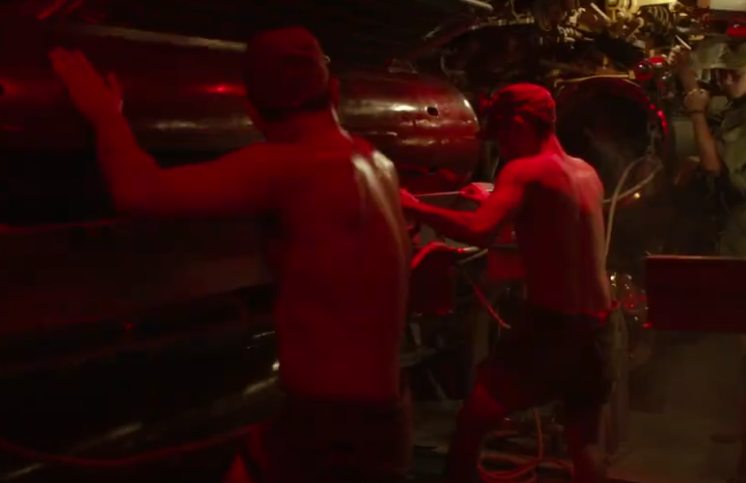 Hannibal Media, USS Indianapolis: Men of Courage (2016)
Hannibal Media, USS Indianapolis: Men of Courage (2016)
The Torpedo Strike
After being struck by the two torpedoes, there were multiple explosions onboard. The torpedo strike caused the Indianapolis to roll over, flinging crewmembers into the freezing Pacific waters. Lifeboats were deployed and some 800 of the 1,100 crew were rescued by their fellow sailors. 300 went down with the ship.
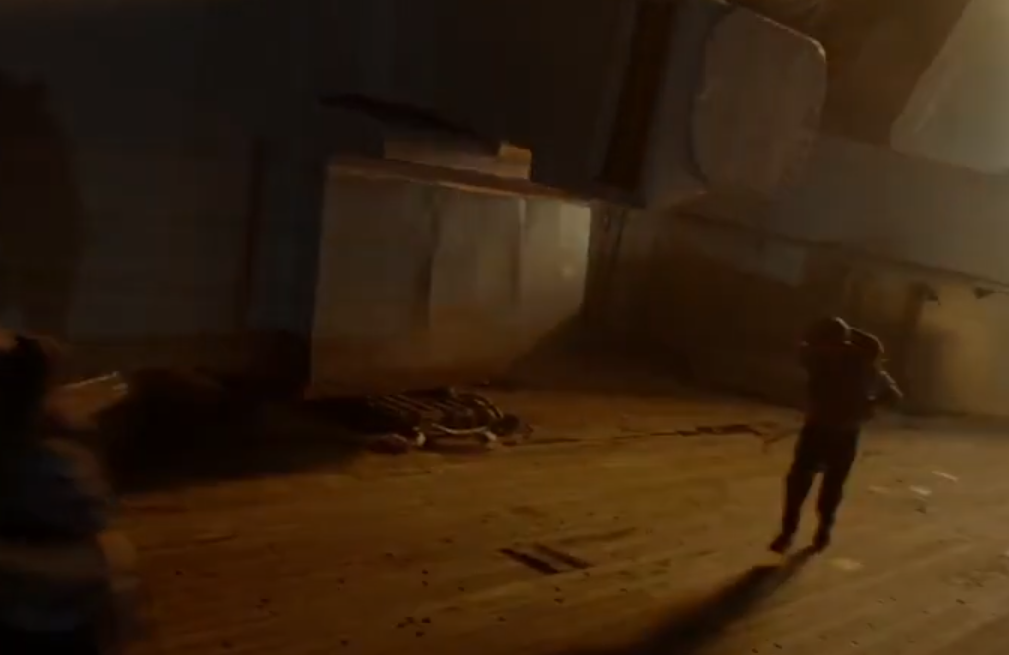 Hannibal Media, USS Indianapolis: Men of Courage (2016)
Hannibal Media, USS Indianapolis: Men of Courage (2016)
Three And A Half Days At Sea
The 800 crew members would spend three and a half days at sea, surrounded by sharks. On August 1 and 2, two USAF pilots spotted the lifeboats in the water, immediately dropping a radio transmitter and a liferaft from their crafts. They radioed in their sighting of the survivors, which scrambled air and surface units to commence the rescue operation.
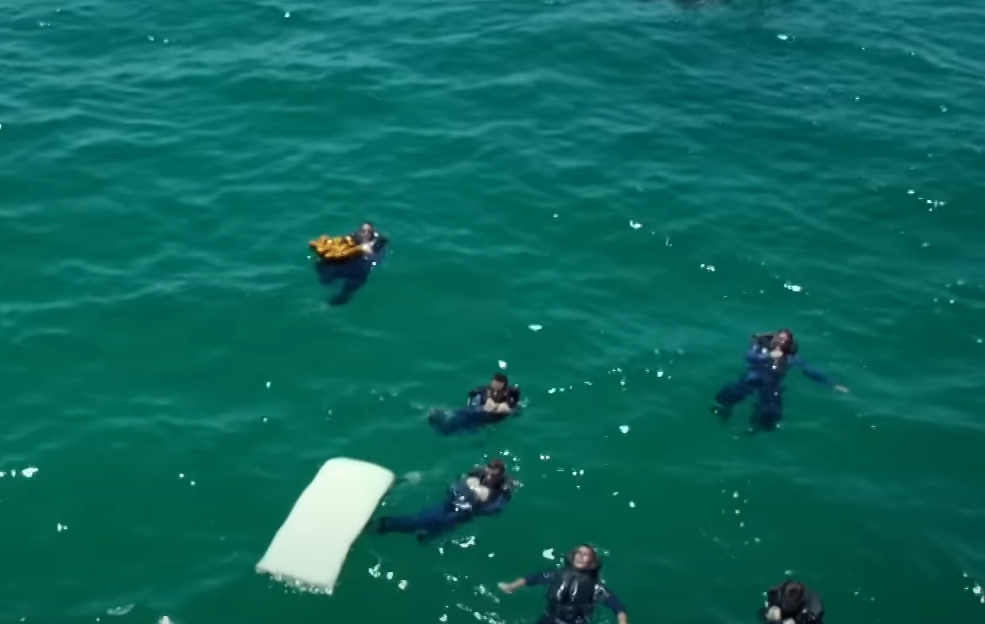 Hannibal Media, USS Indianapolis: Men of Courage (2016)
Hannibal Media, USS Indianapolis: Men of Courage (2016)
Injured, Hypothermic, And In Water Crawling With Sharks
Most of the 800 crew that were able to escape from the wrecked ship were gravely injured and suffering from dehydration and malnutrition. Despite being able to find Spam cans and rations, nighttime brought hypothermic temperatures and the freezing cold water was crawling with sharks.
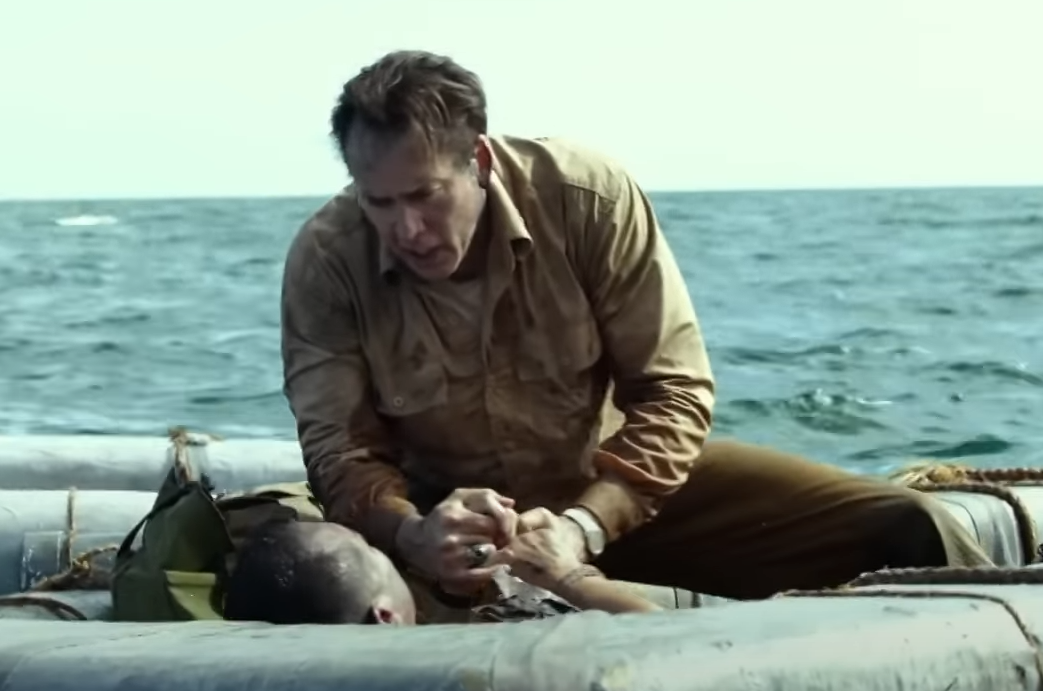 Hannibal Media, USS Indianapolis: Men of Courage (2016)
Hannibal Media, USS Indianapolis: Men of Courage (2016)
The Oil Keeps The Shark At Bay
The bunker oil that spewed from the wreck of the Indianapolis helped to keep some of the sharks at bay long enough to save many men. Despite this, they were suffering from prolonged exposure to salt water and oil (and the mixture of both), which led to severe desquamation (skin peeling).
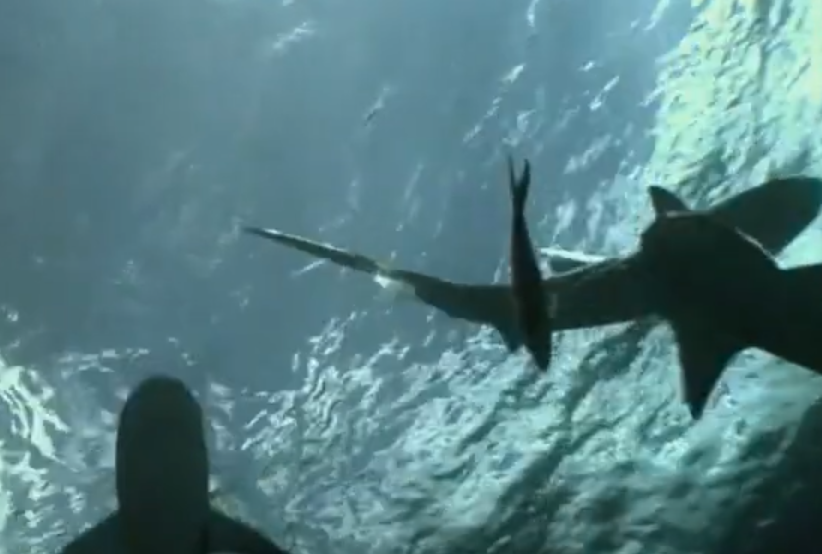 Hannibal Media, USS Indianapolis: Men of Courage (2016)
Hannibal Media, USS Indianapolis: Men of Courage (2016)
A Remarkable Rescue Commences
First on the scene was Lieutenant Commander Robert Marks, a pilot in an amphibious patrol plane. Despite being under standing orders not to land in the open ocean, Lt Cdr Marks took a vote of his crew and landed the aircraft in 12-foot swells, picking up 56 survivors. He even lashed men to the wings of the aircraft with parachute cord for the quick flight to the USS Cecil J Doyle.
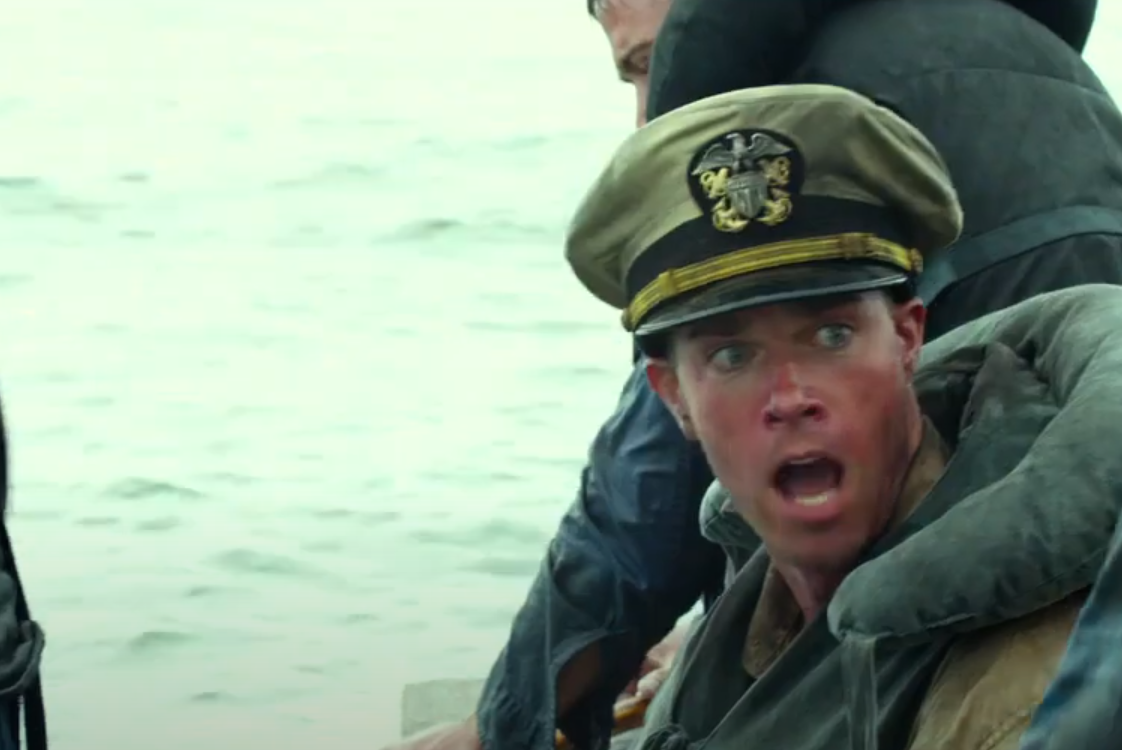 Hannibal Media, USS Indianapolis: Men of Courage (2016)
Hannibal Media, USS Indianapolis: Men of Courage (2016)
316 Rescued
In total, 316 souls were rescued by the five vessels that responded to the distress signal of the aircraft that located the stricken crew. The deaths of 500 of the survivors were attributed to the immediate aftermath of the attack and the ensuing hypothermia, starvation, and dehydration, but up to 150 deaths were directly attributed to the oceanic whitetip shark that inhabited that area of the Pacific.
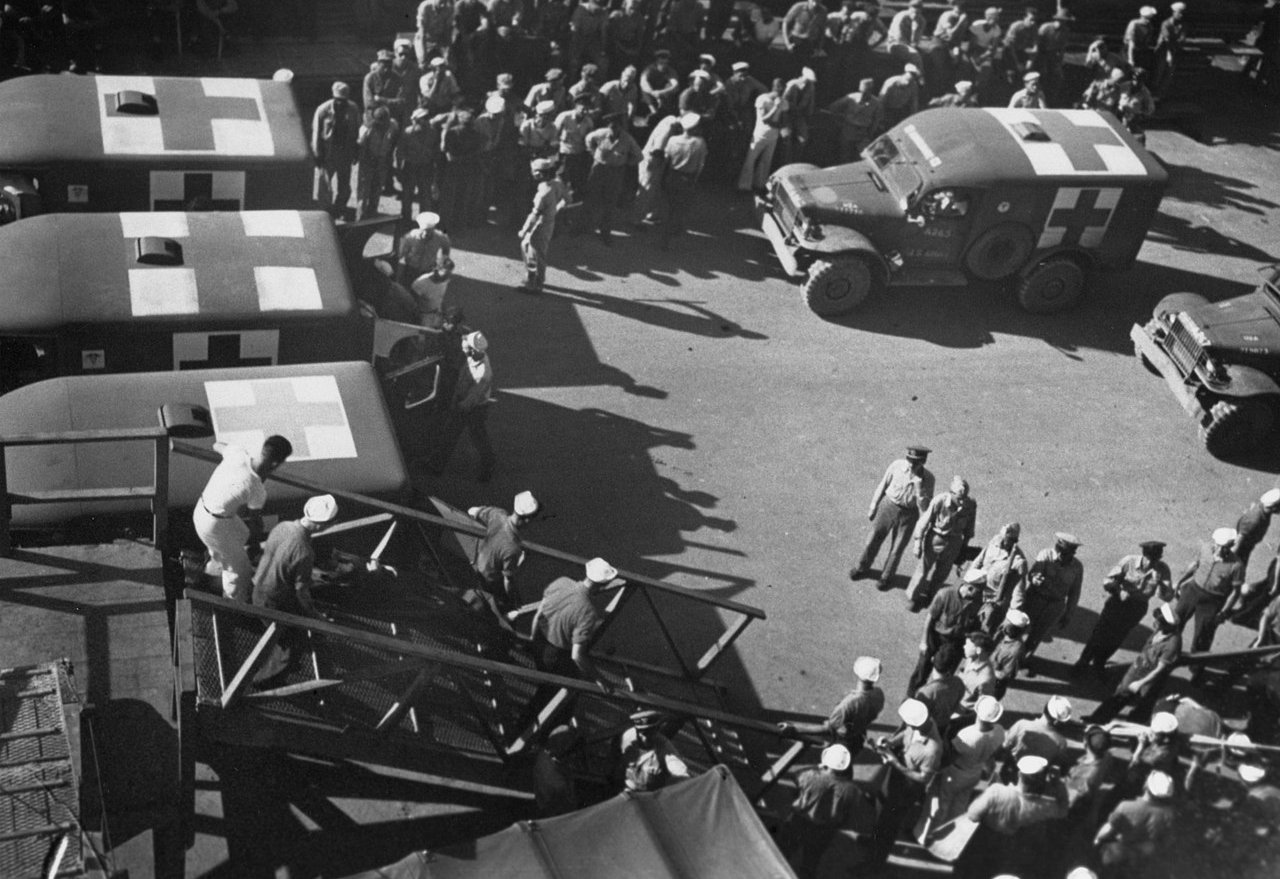 National Museum of Health and Medicine, CC BY 2.0, Wikimedia Commons
National Museum of Health and Medicine, CC BY 2.0, Wikimedia Commons
The Aftermath Of The Sinking And Rescue
In the immediate aftermath of the rescue of 316 souls, the Navy learned what had gone wrong and why rescuers had taken three days to reach the stricken crew. Were it not for the pilots on routine patrol in the area, how long would it have taken rescuers to discover that the ship had gone down? The US Navy learned that ships as large as the Indianapolis were assumed to have reached their destination if they didn't report in. Course plotting of these large vessels were based on predictions, not on reporting.
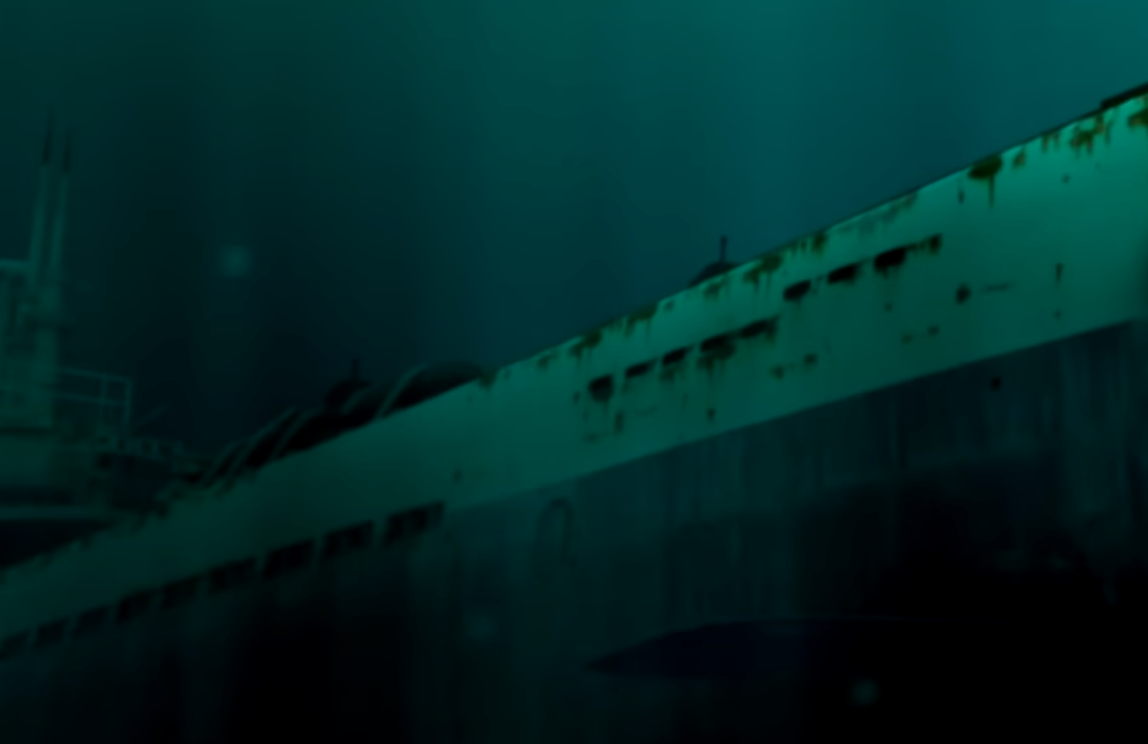 Hannibal Media, USS Indianapolis: Men of Courage (2016)
Hannibal Media, USS Indianapolis: Men of Courage (2016)
Removed From The Board On Arrival Day
One key factor in the length of time it took the Indianapolis' remaining crew to be rescued was that she was removed from the board of ships at sea on July 31, 1945—the day she was due to arrive at dock in Leyte. Obviously, the Indianapolis never made it to the dock, but as far as naval command was concerned, she was home and dry.
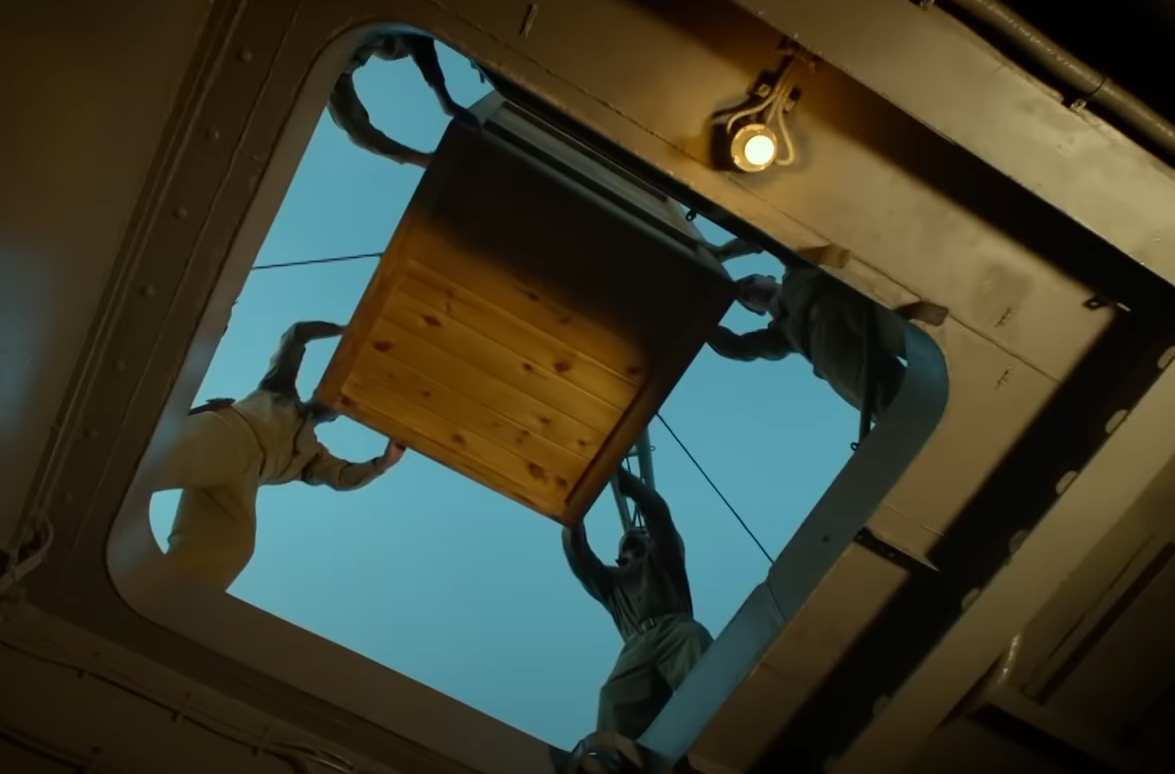 Hannibal Media, USS Indianapolis: Men of Courage (2016)
Hannibal Media, USS Indianapolis: Men of Courage (2016)
Distress Messages Were Received
Declassified reports later released showed that three distress signals were sent out by the crew of the USS Indianapolis. These three messages were received by three shore stations, but none were acted upon: the first saw a drunk captain disregard the message, the second station's commander had ordered his sailors not to disturb him (so they didn't), and the final station feared the mayday call was a Japanese trap.
The Captain Survives, Only To Be Court-Martialed
The US Navy court-martialed Captain McVay on two charges: failing to order his men to abandon ship, and hazarding the ship—that is, wittingly or unwittingly creating a hazard onboard. McVay was cleared of the first charge, but convicted on the second of "hazarding the ship by failing to zigzag" (making it harder for torpedoes to hit them). McVay's orders were to zigzag if weather permitted, but he was unaware of the presence of the Japanese submarine.
Captain McVay Wears The Weight Of The Dead
Captain McVay would go on to retire from the Navy, wearing the weight of the dead sailors on his conscience. His guilt was not helped by the court of public opinion, and he would frequently receive hate mail from families of the deceased. One read, "Merry Christmas! Our family's holiday would be a lot merrier if you hadn't killed my son".
McVay's Death And Exoneration
Captain McVay took his own life in 1968. His record was eventually cleared and he was awarded several medals posthumously, along with the entire crew of the Indianapolis. He was the only captain in the entirety of World War II to be court-martialed for the loss of his ship. In 2000, the US Congress exonerated the captain of any wrongdoing, after a 12-year-old boy's homework assignment researching the sinking of the Indianapolis reached the halls of Congress, stating that a US Navy Captain, William Toti, demonstrated that zig-zagging would not have spared the Indianapolis from the torpedo strike.
All Crew Posthumously Decorated
In 2018, the entire lost crew of the USS Indianapolis was posthumously awarded the Congressional Gold Medal, the nation's highest civilian honor. In 2022, there was just one remaining crew member alive, Harold Bray. In 2016, the movie USS Indianapolis: Men of Courage was released, starring Nicholas Cage.
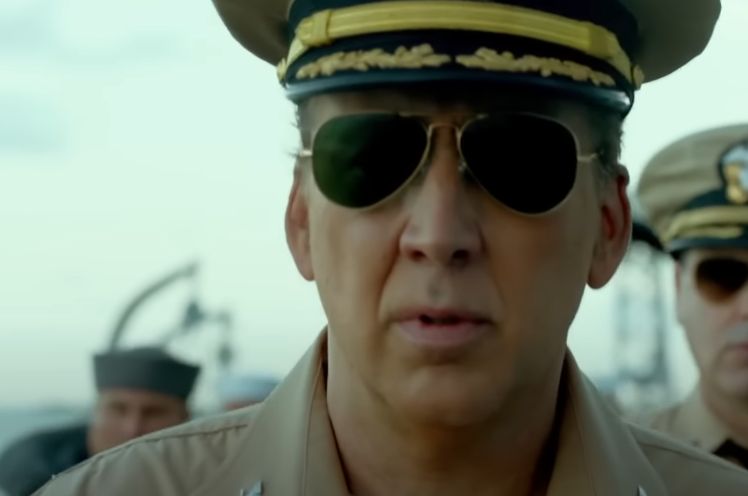 Hannibal Media, USS Indianapolis: Men of Courage (2016)
Hannibal Media, USS Indianapolis: Men of Courage (2016)
One Of The Greatest Tragedies Of World War II
It's clear that the sinking of the Indianapolis was nobody's fault, except for perhaps the commanding officer of the I-58 submarine that fired the torpedoes. But the loss of life was extraordinary. In 2016, Paul Allen (co-founder of Microsoft) launched Petrel, a research vessel dedicated to finding the wreck. They were successful, locating the wreck at a depth of 18,000 feet. A detailed map of the wreckage was released, although it remains at the bottom of the ocean, and the property of the United States Navy.
You May Also Like:
How Much Do You Know About Medieval England?
How Much Do You Know About Saving Private Ryan?


